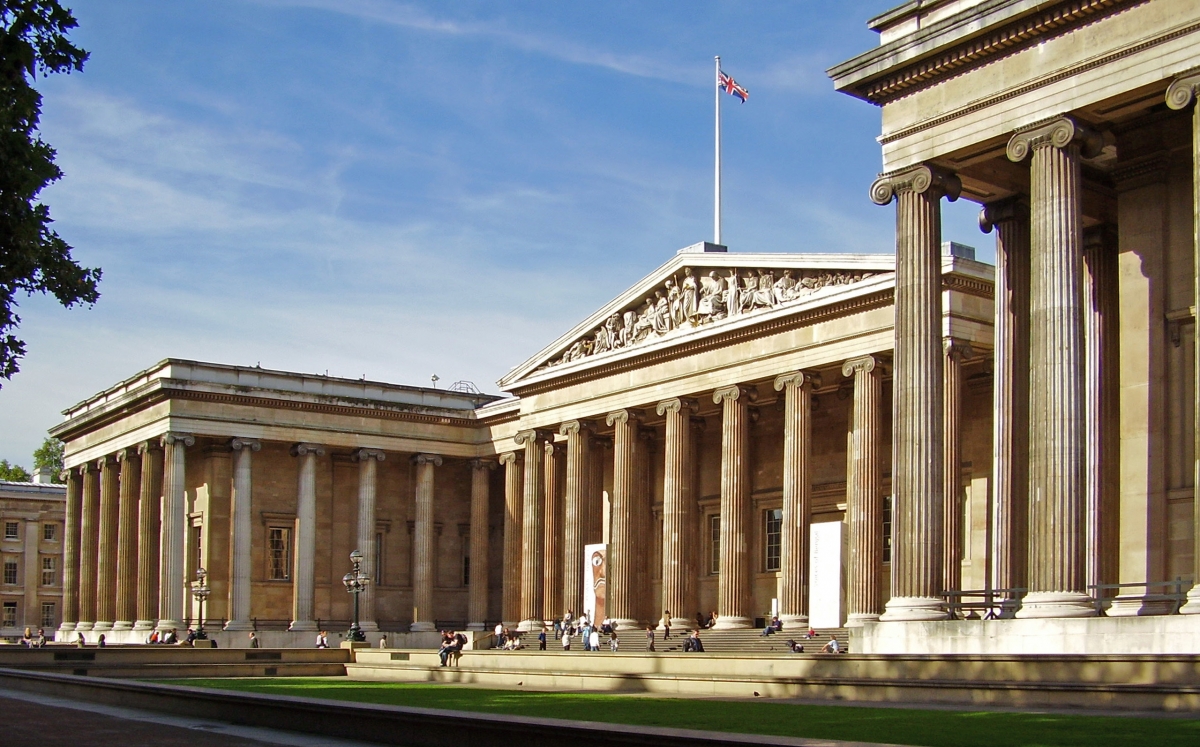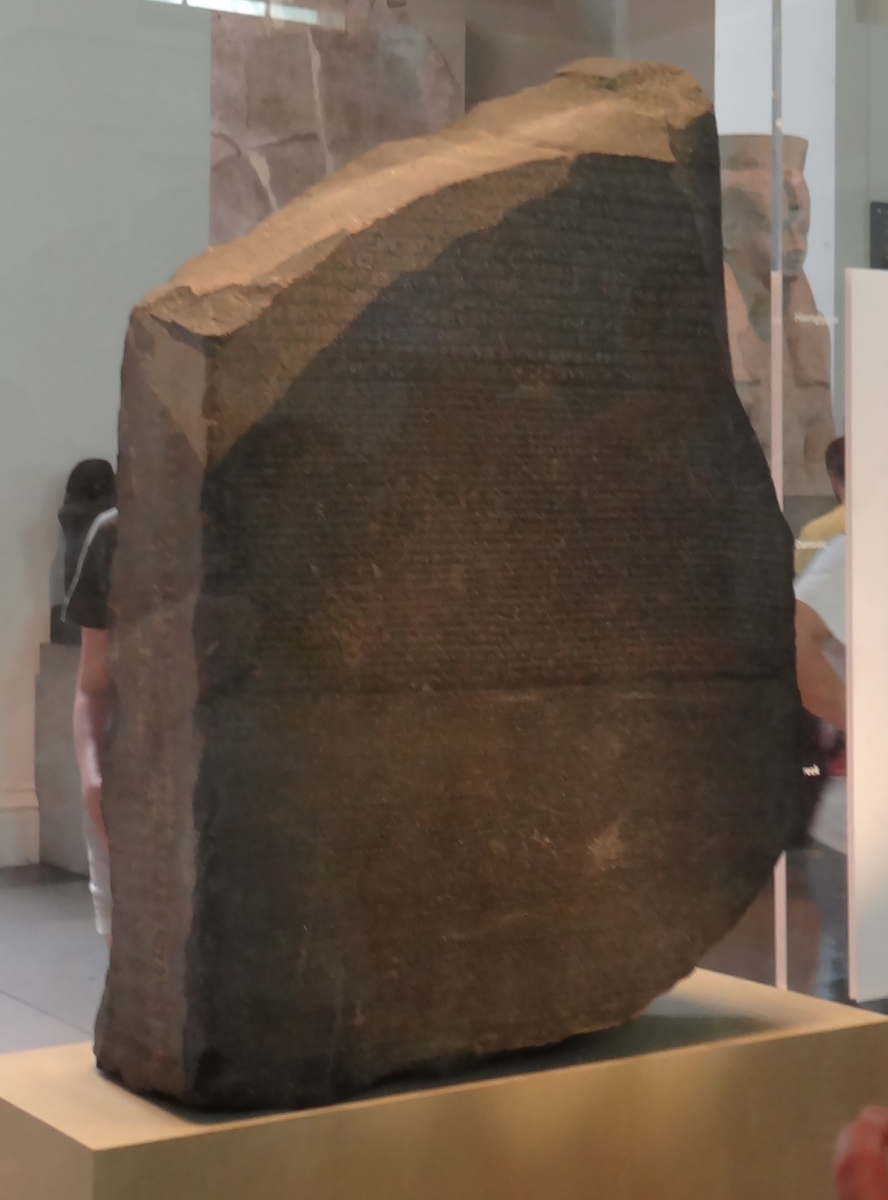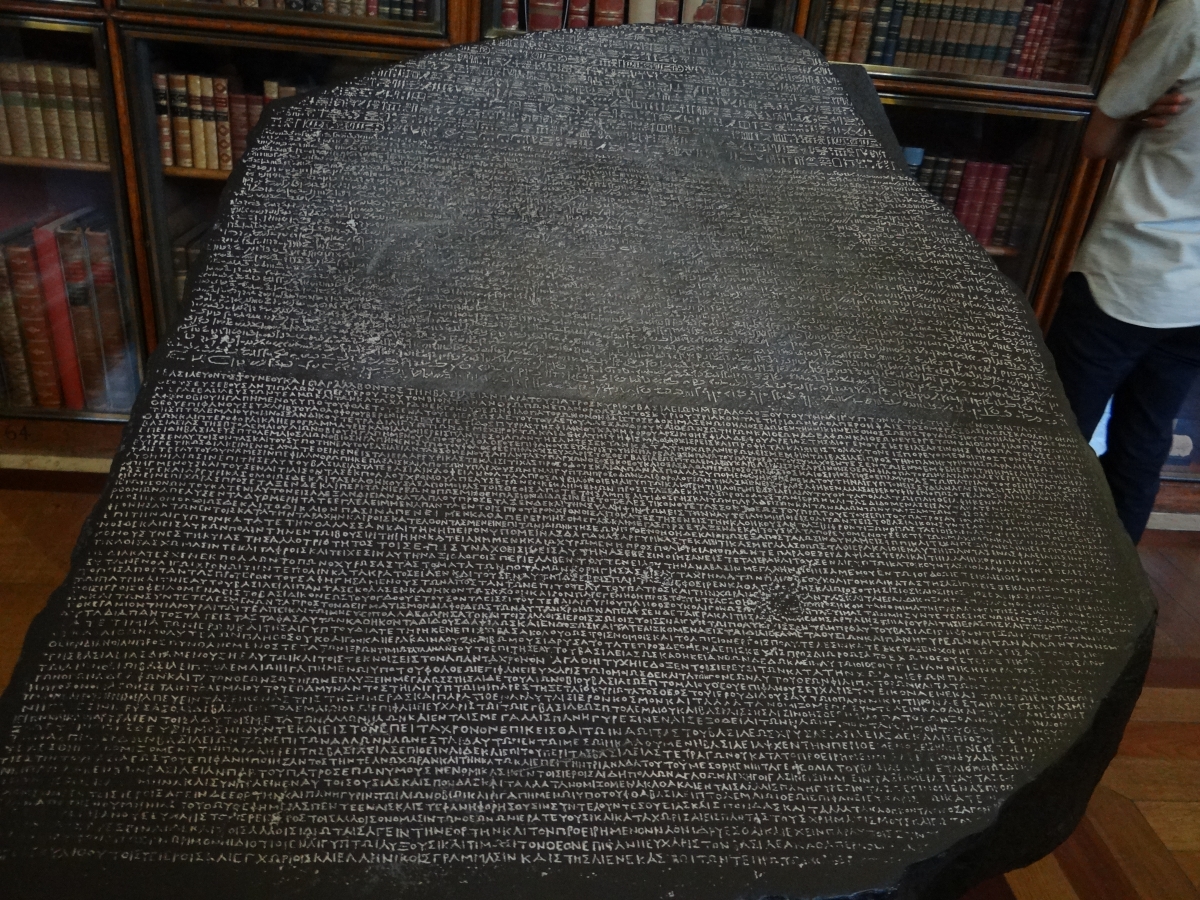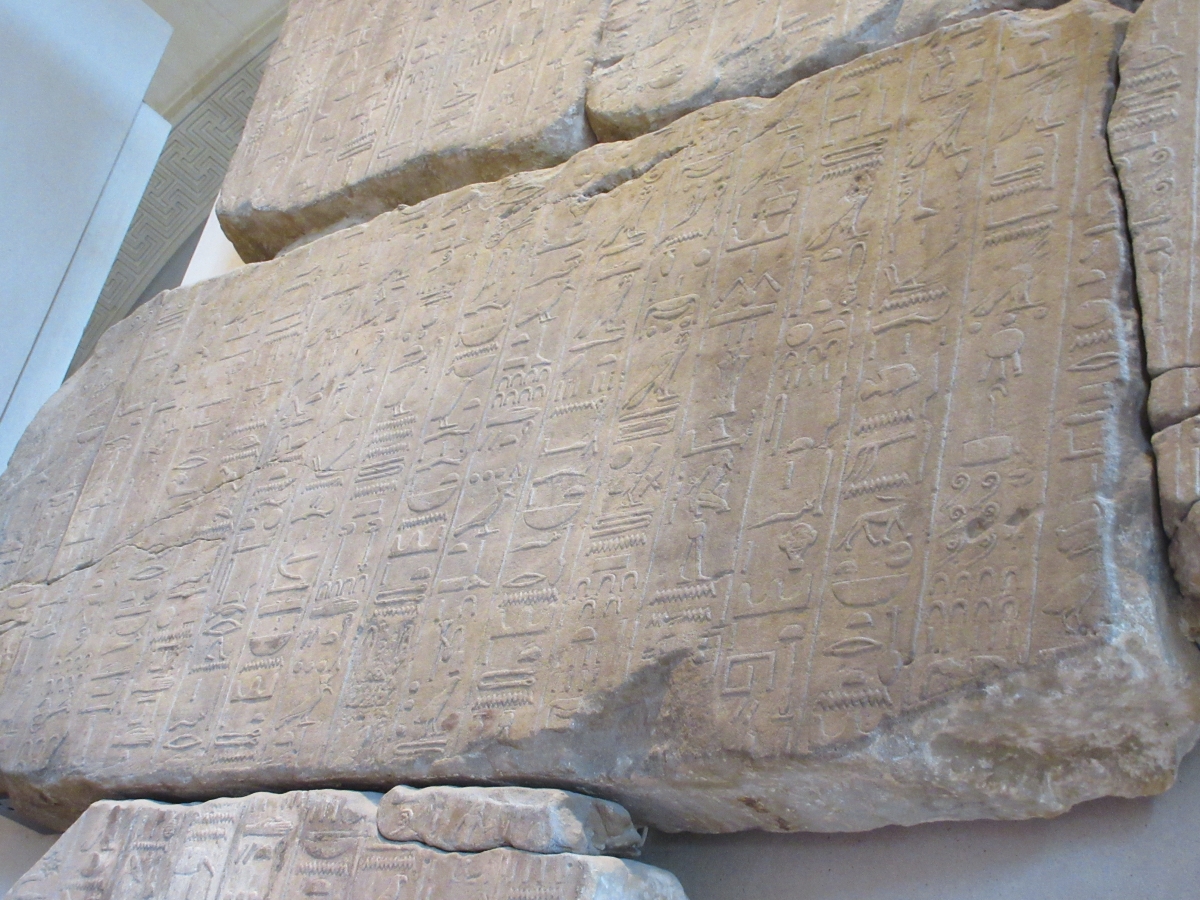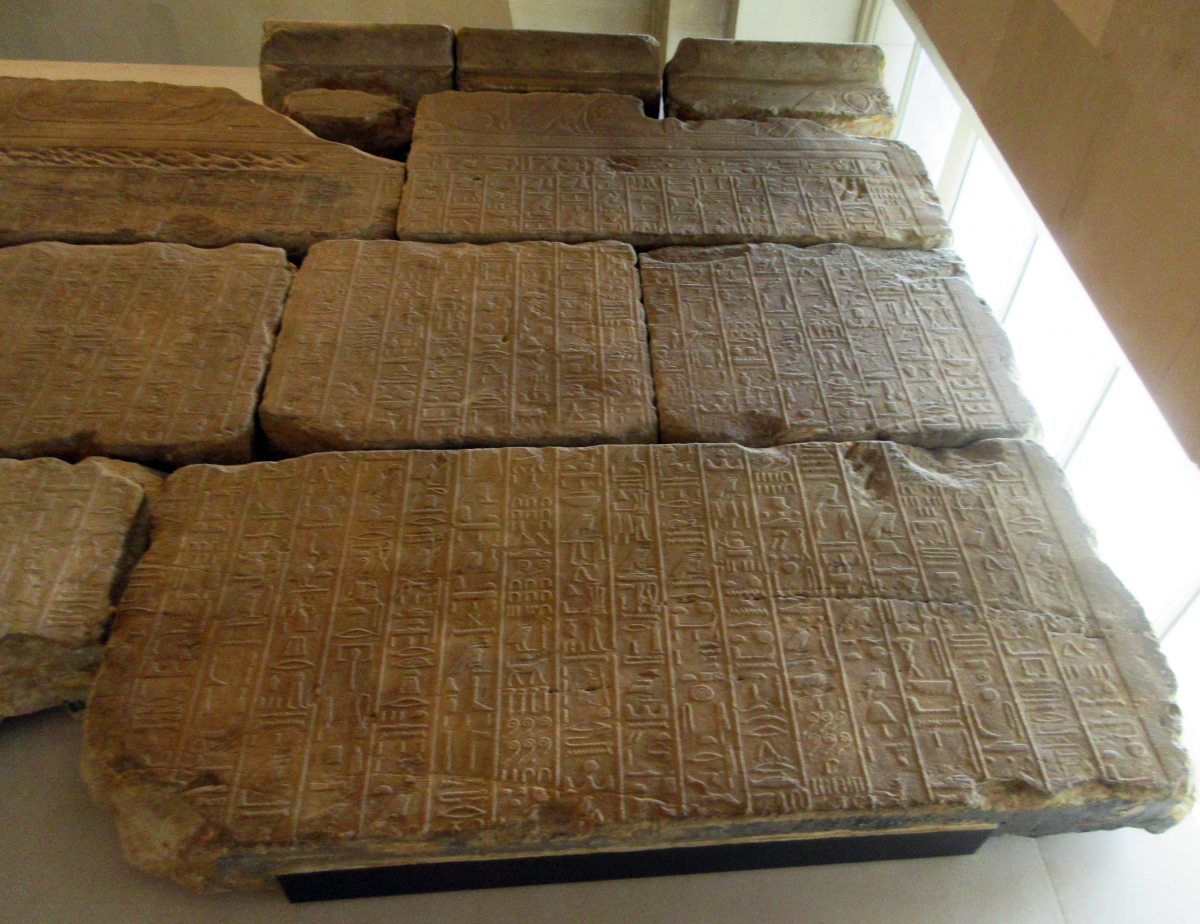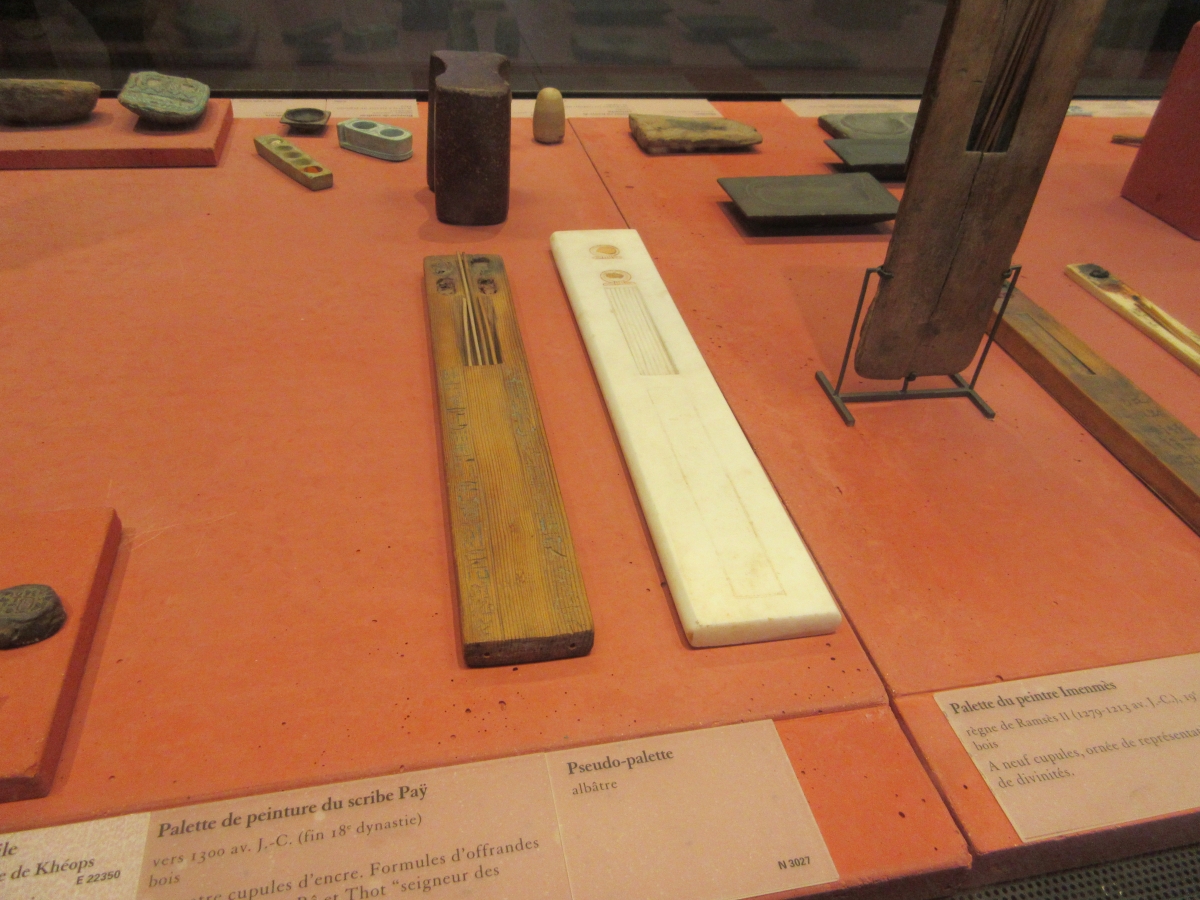An Ancient Egyptian Mathematical Photo Album: Samples of Numeral Hieroglyphs by Location
Most people would expect to find Egyptian hieroglyphs in ancient temple ruins in Egypt. However, Egyptian hieroglyphs can also be found in museums around the world. Many world history and art museums have Egyptian collections, in which hieroglyphs can be found on pieces of walls, sarcophagi, stelae, vessels, papyri, statues, jewelry, and other objects. In fact, one way to apply this article with students is to explore those collections during in-person or virtual field trips.
The following pages highlight artifacts marked with hieroglyphic numerals that are held in five locations visited by the author:

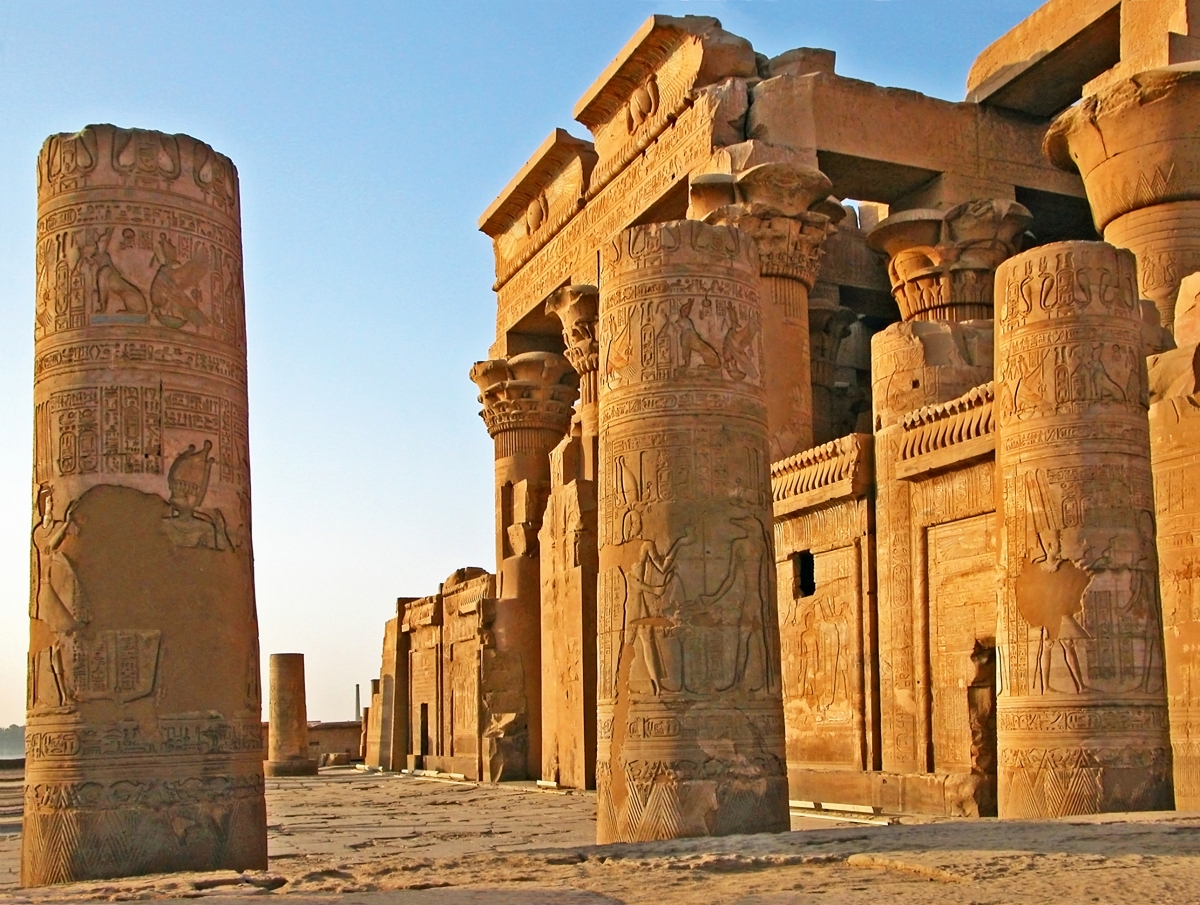
- British Museum
- Rosetta Stone
- Rhind Mathematical Papyrus
- Stela of Merymose’s Campaign Against the Nubians
- Louvre
- Annals of Thutmose III
- Cubit Rod
- Sculptures of Scribes and Examples of Scribal Tools
- Museo Egizio in Turin, Italy
- Cubit Rods
- Amduat Papyrus
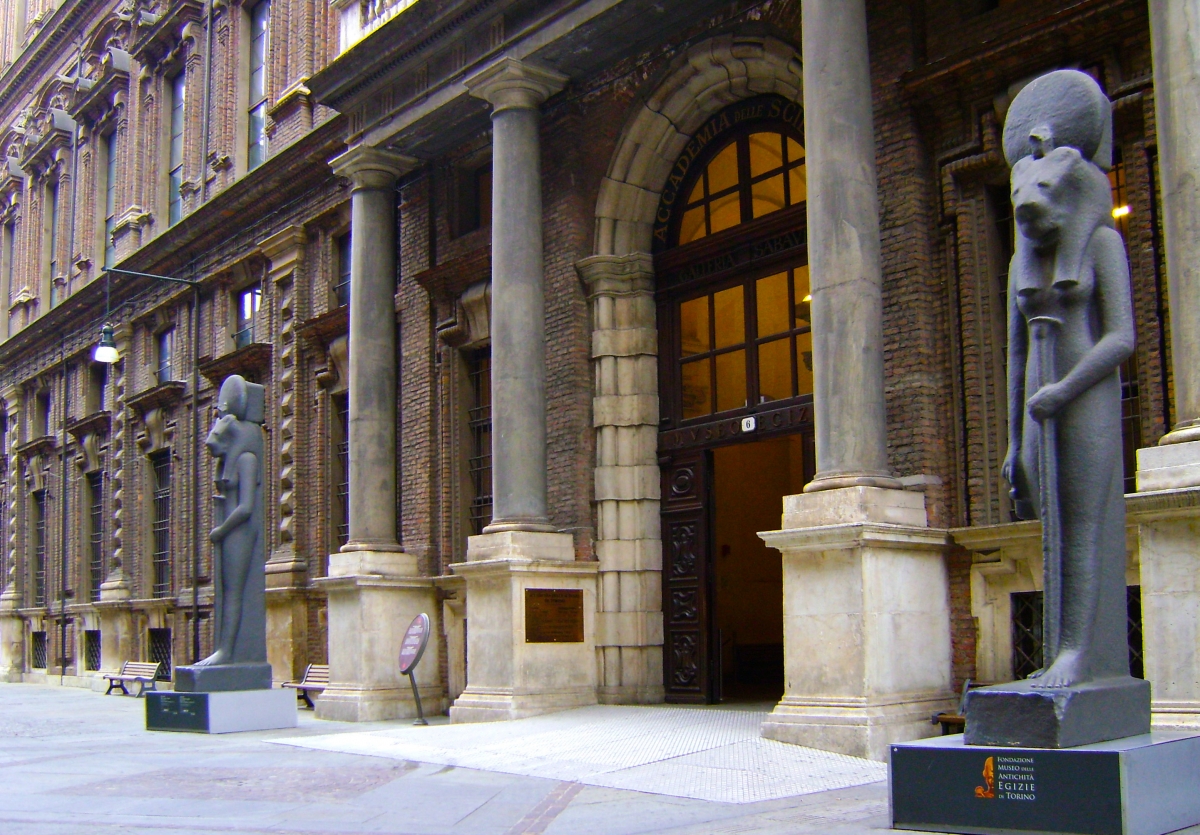
Images of each location retrieved from Wikimedia Commons.
An Ancient Egyptian Mathematical Photo Album: Samples of Numeral Hieroglyphs by Location – Edfu Temple
The Edfu Temple (237–57 BCE), a Ptolemaic temple dedicated to Horus and made of sandstone, is considered one of the best preserved ancient Egyptian temples [Wilkinson 2017]. French Egyptologist Émile Chassinet spent 40 years copying the hieroglyphs from the reliefs and walls, in order to preserve the eroding markings. More recently, the Edfu Project was begun by Dieter Kurth in 1986 and sponsored by the Göttingen Academy of Sciences from 2002 to 2017, with the goal of translating the Edfu texts. Eight large volumes of German translations along with transliterations of the hieroglyphs were published. The Edfu Database contains German translations, photographs, and clips from Chassinet’s work for portions of the Edfu Temple. An area known as the Cadastral text has a plethora of fractions, but the photographs are not available online at this time.
According to François Gaudard [2010, p. 173], Ptolemaic hieroglyphs, like those in the Edfu Temple, can be challenging to translate, even for Egyptologists. The number of hieroglyphic symbols in the Middle Kingdom (sources vary on its dating but converge around roughly 2040 to 1782 BCE) was about 760 while the number grew to several thousand signs during the Ptolemaic period (after Alexander the Great until roughly 200 CE). Gaudard mentions that a head hieroglyph represented the number seven “simply because the head has seven openings, namely, two eyes, two ears, two nostrils, and a mouth.” We conjecture that the 5-pointed star hieroglyph in Figure 14 is used for five. So, the middle portion of text could be read (left to right) as “at 37 \(\frac{1}{2}\) \(\frac{1}{3}\) by 25 \(\frac{2}{3}\) \(\frac{1}{6}\).” The hieroglyph in the bottom right corner is a determinative for "building” or “house.”
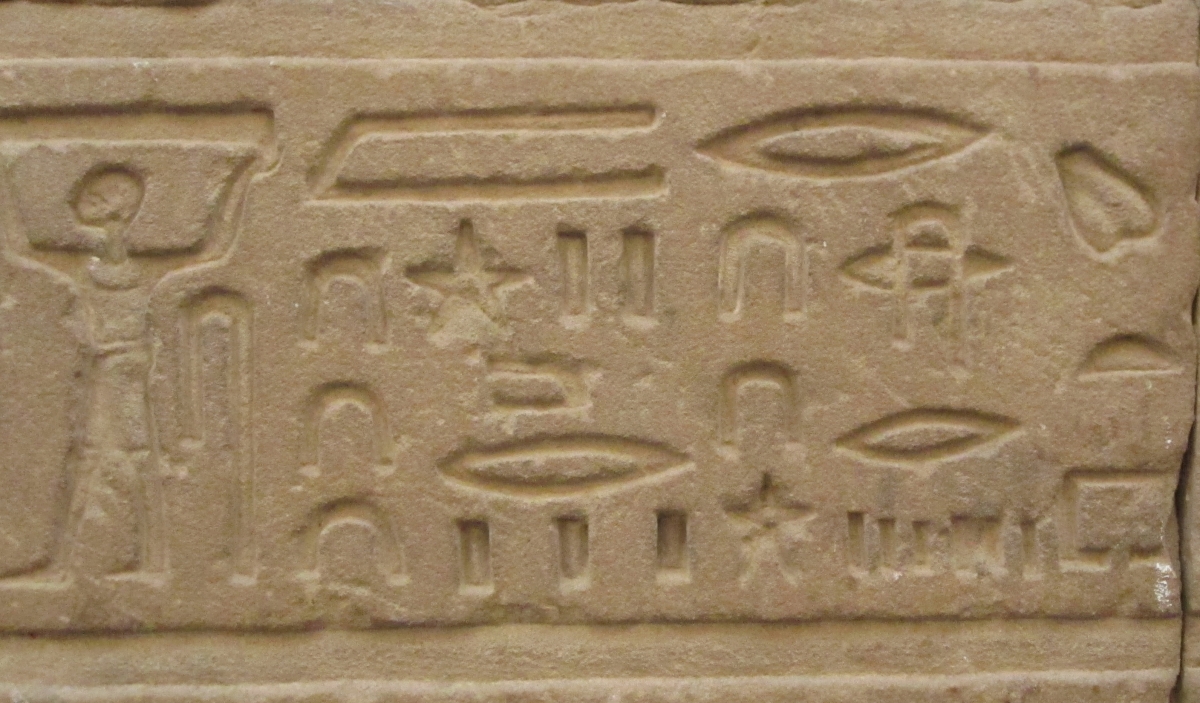
Figure 14. Fractions on a wall of the Edfu Temple (237–57 BCE).
The 5-pointed star symbol as a representation for five seems to be confirmed by translations found in the Edfu Database. One example is a portion of text translated as “A large decorated gate is between them, at 26 \(\frac{2}{3}\) by 10 (cubits). Its perfect height of 40 cubits extends from its head to the soles of its feet.” The hieroglyphs corresponding to “at 26 \(\frac{2}{3}\) by 10 (cubits). Its perfect height of 40” can be seen in the two images (read right to left) in Figure 15.
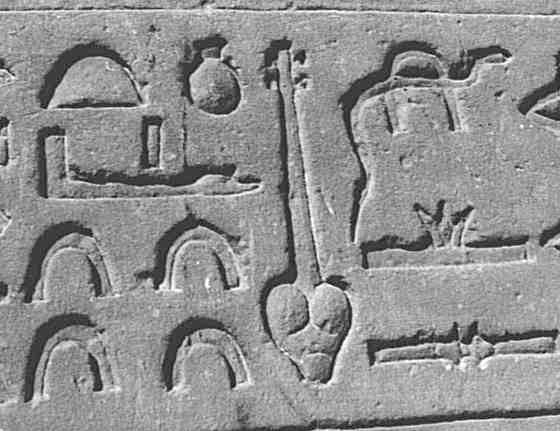
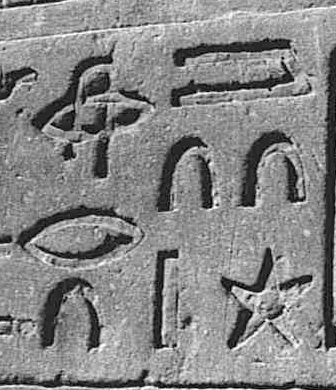
Figure 15. Reading from right to left “at 26 \(\frac{2}{3}\) by 10 (cubits). Its perfect height of 40.”
Images 3922 and 3921 retrieved from the Edfu Database (Edfu Temple, 237–57 BCE).
Images have been cropped to show the relevant hieroglyphs.
Below are a few more photographs from the Edfu Temple. The first one, which is read from top to bottom and from right to left within each row, contains a four and a seven. It demonstrates how the Egyptians were concerned with aesthetics. Notice how the four strokes fit well in a single line while the seven is stacked in rows of four and three, respectively, and shares a row with another hieroglyph and a determinative stroke.
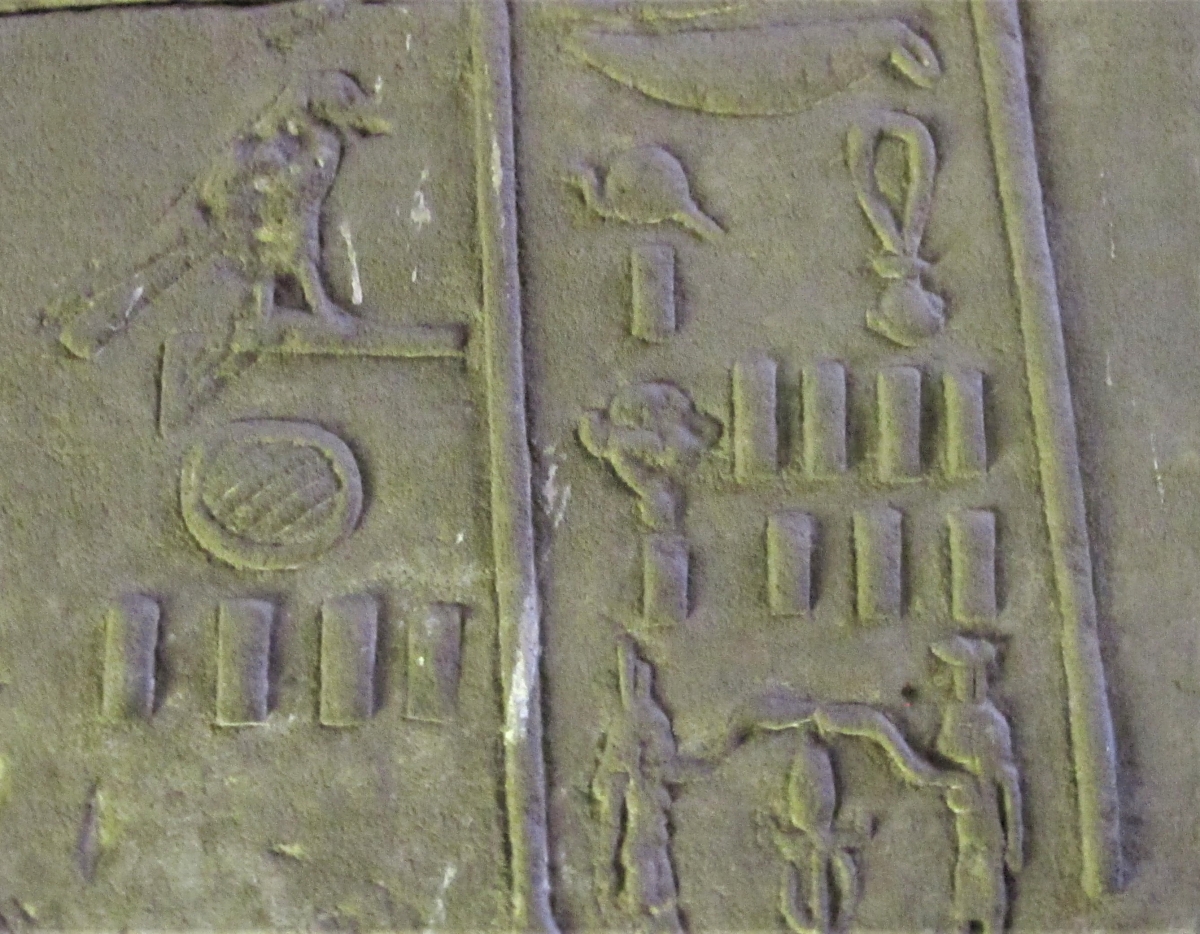
Figure 16. The numerals 4 and 7 on a wall in the Edfu Temple (237–57 BCE).
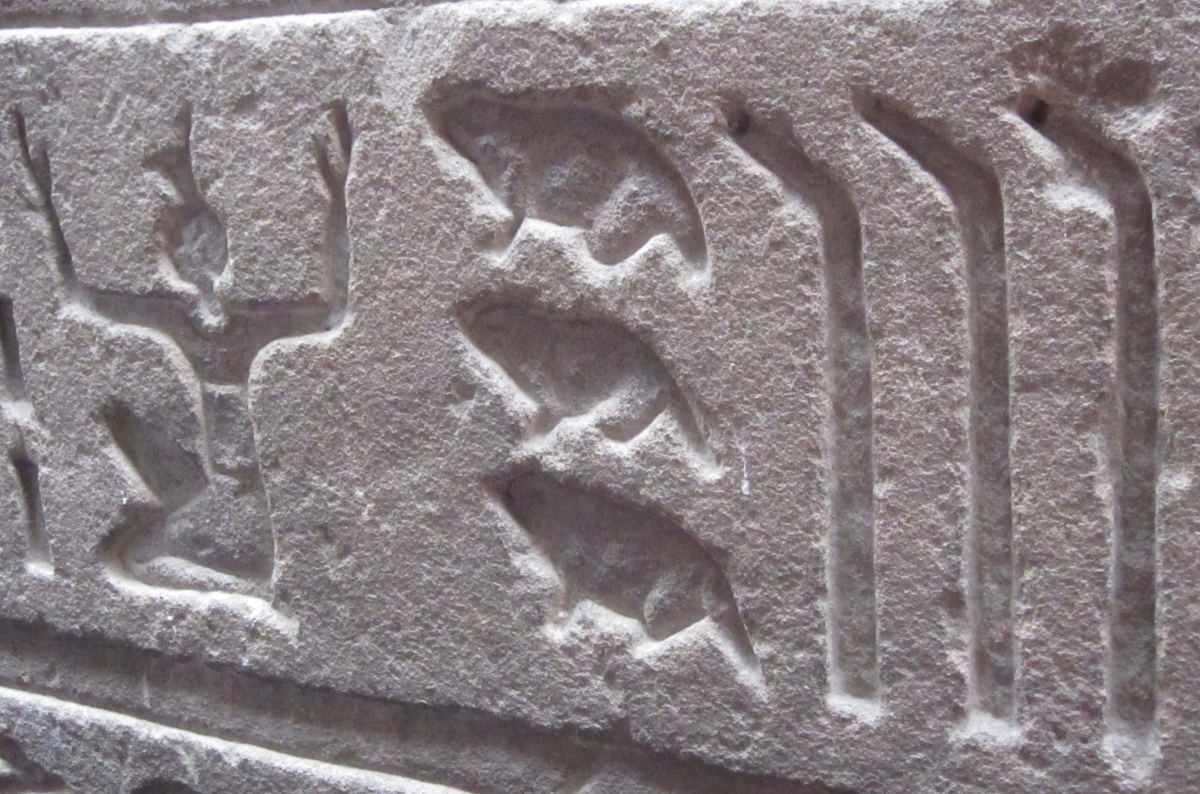
Figure 17. Close-up of 1,000,000 and 100,000 and 10,000 in the Edfu Temple (237–57 BCE).
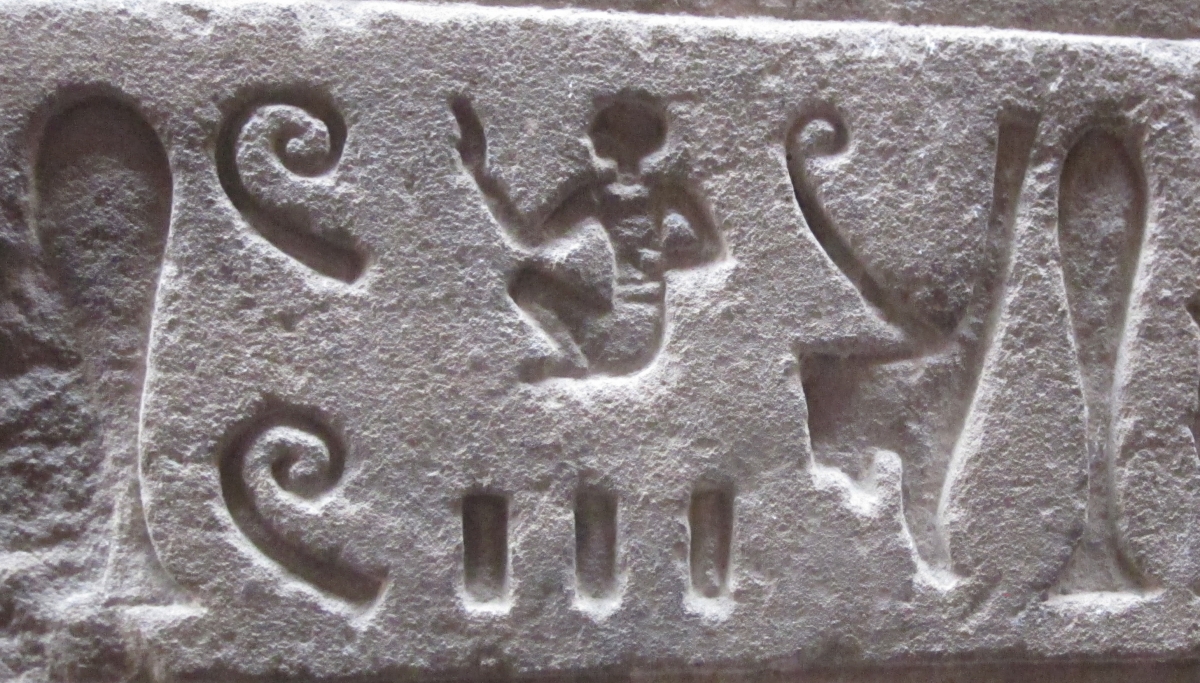
Figure 18. Two hundred on a wall in the Edfu Temple (237–57 BCE).
The three strokes indicate a plural noun since they appear underneath another hieroglyph.
Continue to Kom Ombo Temple page.
Return to list of Locations.
An Ancient Egyptian Mathematical Photo Album: Samples of Numeral Hieroglyphs by Location – Kom Ombo Temple
The Kom Ombo Temple (180–47 BCE), located north of Aswan along the Nile River, is known for a scene depicting what may be medical instruments. However, of interest to mathematicians is another part of the scene that contains a list of city names and fractions.
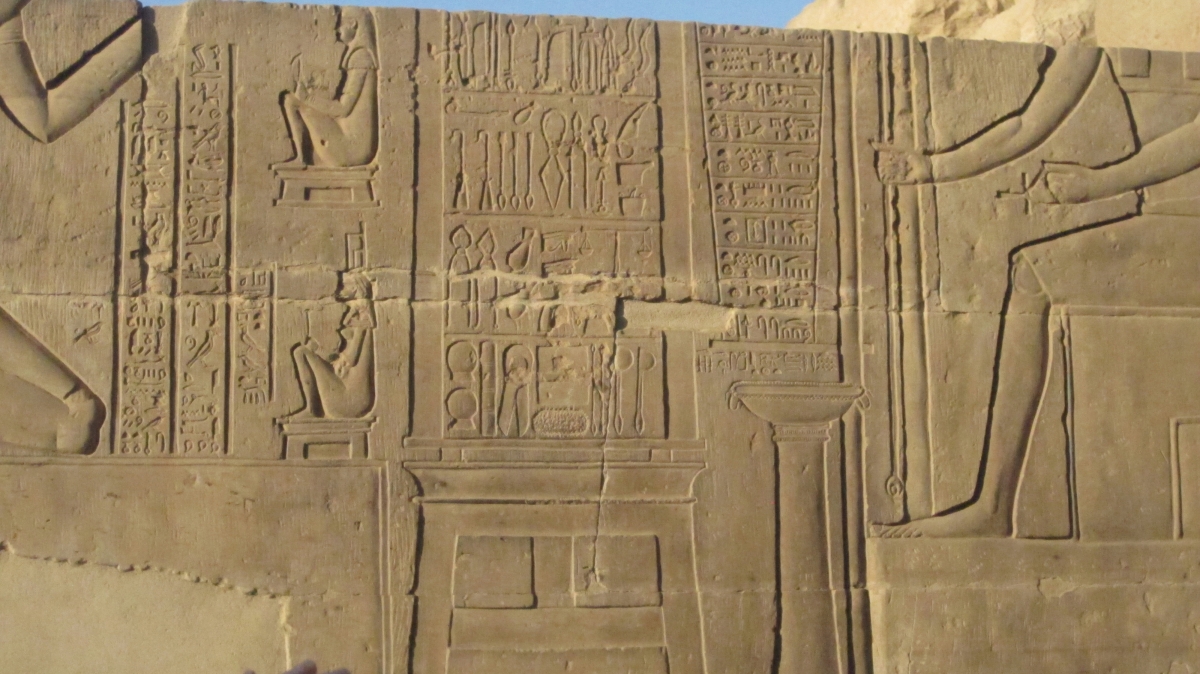
Figure 19. Scene from a wall of the Kom Ombu Temple (180–47 BCE).
The middle section contains what appears to be medical instruments,
while the right side shows a list of city names and fractions.

Figure 20. A closer view of the scene in Figure 19 containing what are believed to be
medical instruments on the left and a list of city names and fractions in the middle of the photo.
This middle section is read from right to left, with each line containing a fraction followed by a city name.
The hieroglyph of a circle with an x in the middle, at the end of each line, is the determinative for town.
Zooming in on the list of fractions, one sees the special hieroglyph used for \(\frac{1}{2}\) in the first row of the photo. According to Coppens & Vymazalová [2010, p. 129], this list of fractions and cities has been placed in a vase above a basin and signifies a recipe for bringing restoration to Egypt.
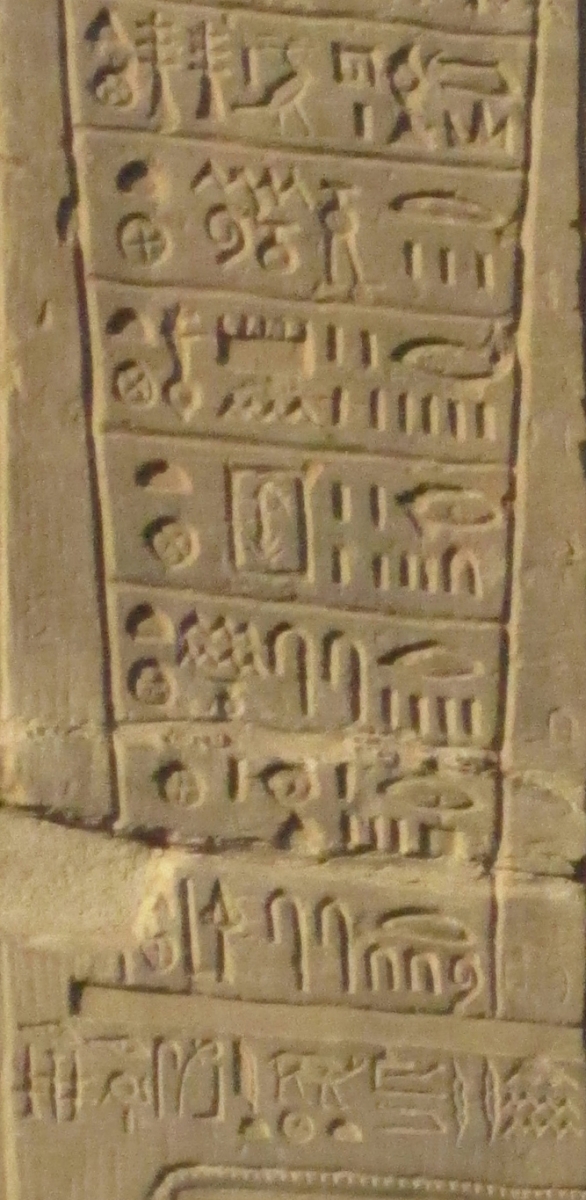
Figure 21. Close-up of a scene from a wall of the Kom Ombu Temple (180–47 BCE) showing a list of city names and fractions.
Many of the temples in Egypt had nilometers, which the priests used to measure the height of the Nile inundation each year. Taxes were then determined based on the water level. If the floodwaters were high, taxes were higher, since it was expected that fields would receive a good amount of new topsoil, resulting in a plentiful harvest. If the floodwaters were low, then taxes would be correspondingly lower, since the harvest yields were expected to be lower. The photo below shows the nilometer at the Kom Ombo Temple.
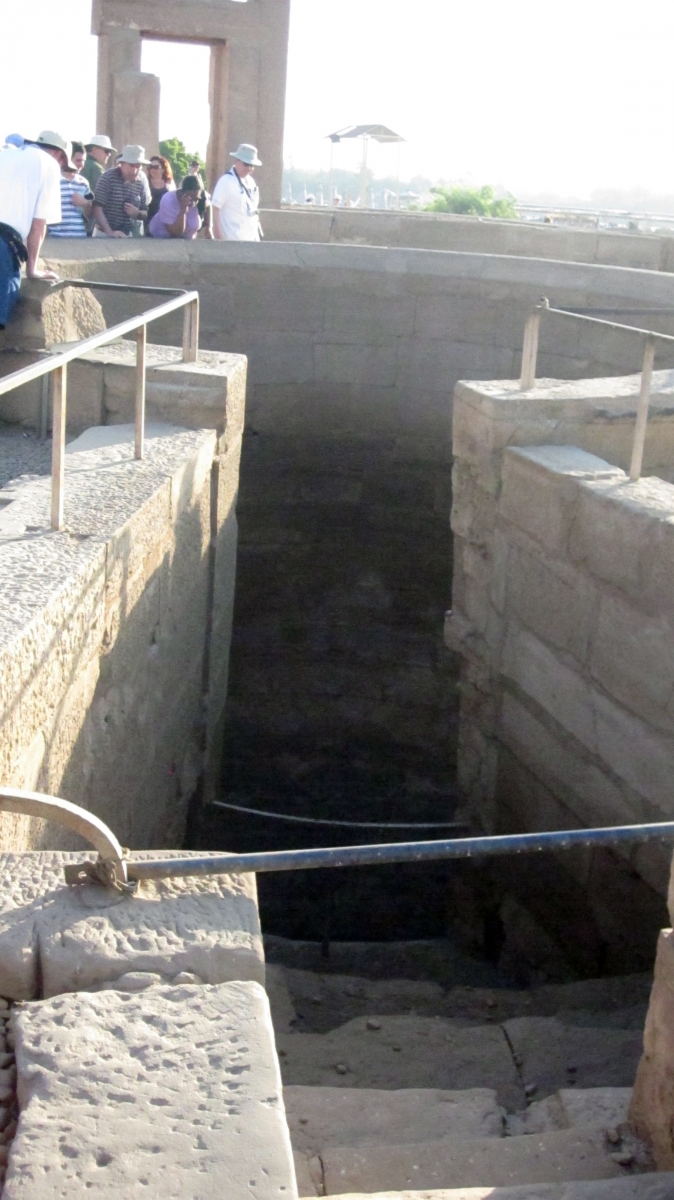
Figure 22. Nilometer at the Kom Ombo Temple (180–47 BCE) in Egypt.
In the section on the Egyptian Calendar earlier in this article, Figure 11 was a photo from the Kom Ombo Temple. Figure 23, the last image in the Kom Ombo section of our photo album, is a wider view of the portion of the wall with the calendar, which shows dates (using hieroglyphic numerals) and the corresponding events at the temple for each date.
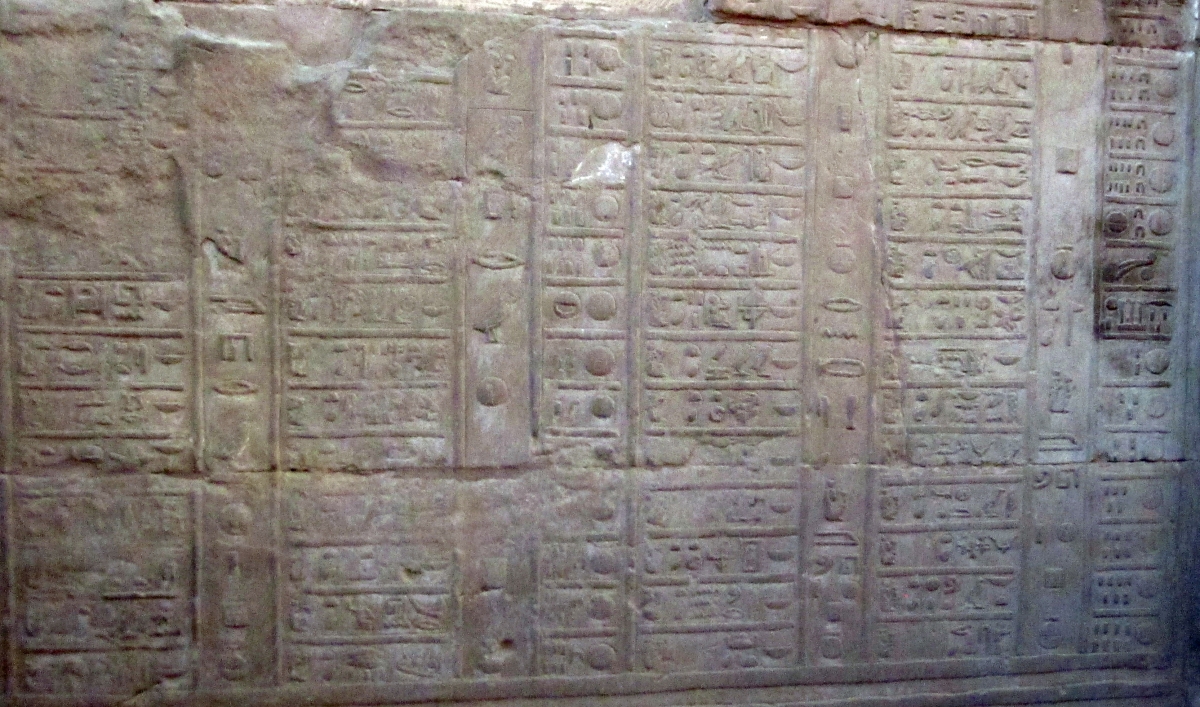
Figure 23. Calendar at the Kom Ombo Temple (180–47 BCE) in Egypt.
Continue to British Museum page.
Return to list of Locations.
An Ancient Egyptian Mathematical Photo Album: Samples of Numeral Hieroglyphs by Location – British Museum
The British Museum is home to two very important objects dealing with ancient Egypt—the Rosetta Stone and the Rhind Mathematical Papyrus. We will discuss each of these briefly, before showing photos of other hieroglyph numerals in the museum from the stela of Merymose.
Rosetta Stone
The Rosetta Stone was an important key to unlocking the decipherment of ancient Egyptian hieroglyphs. It was discovered during Napoleon’s 1798–1801 expedition to Egypt. The stela had an inscription given in three scripts: hieroglyphic, demotic, and Greek. With the defeat of the French by the British in the military campaign in Egypt, the Rosetta Stone became a spoil of war and was placed in the British Museum. The text is a royal decree and contains a few dates, however much of the hieroglyphic script of the royal decree is missing. The British Museum also has a replica which can be touched and is easier to search for numerals.
Figure 24. The Rosetta Stone (196 BCE) on display in the British Museum in London.

Figure 25. (Top) A close-up of the hieroglyphic script on the Rosetta Stone (196 BCE).
(Bottom) The touchable replica in the British Museum.
Rhind Mathematical Papyrus
There are many papyri at the British Museum which were acquired from the collection of the Scotsman Alexander Henry Rhind (1833–1863). The one labeled as the Rhind Mathematical Papyrus (1650 BCE) is one of the major sources of knowledge of Egyptian mathematics. Although the writing is hieratic and not hieroglyphic, we would be remiss not to mention this important artifact. The Rhind Mathematical Papyrus is not currently on display at the British Museum, but one can request permission in advance to view it. (The British Museum study rooms were closed during the COVID-19 pandemic.) More information can be found on the website of the British Museum. One can also view several images of each side of the Rhind Mathematical Papyrus (Objects EA10057 and EA10058) in the British Museum Collections. The author was not allowed to take her camera into the locked storage room when she viewed the Rhind Mathematical Papyrus in 2018.
The Stela of Merymose’s Campaign Against the Nubians
The British Museum has an extensive Egyptian collection, and one can hunt for hieroglyph numerals on the various sarcophagi, stelae, and statues. A stela that is abounding in hieroglyph numerals is the one that outlines the campaign of Merymose against the Nubians during the reign of Amenhotep III in the 18th Dynasty . Figure 26 shows the entire stela. The photos in Figure 27 display a sample of the numerals which appear.
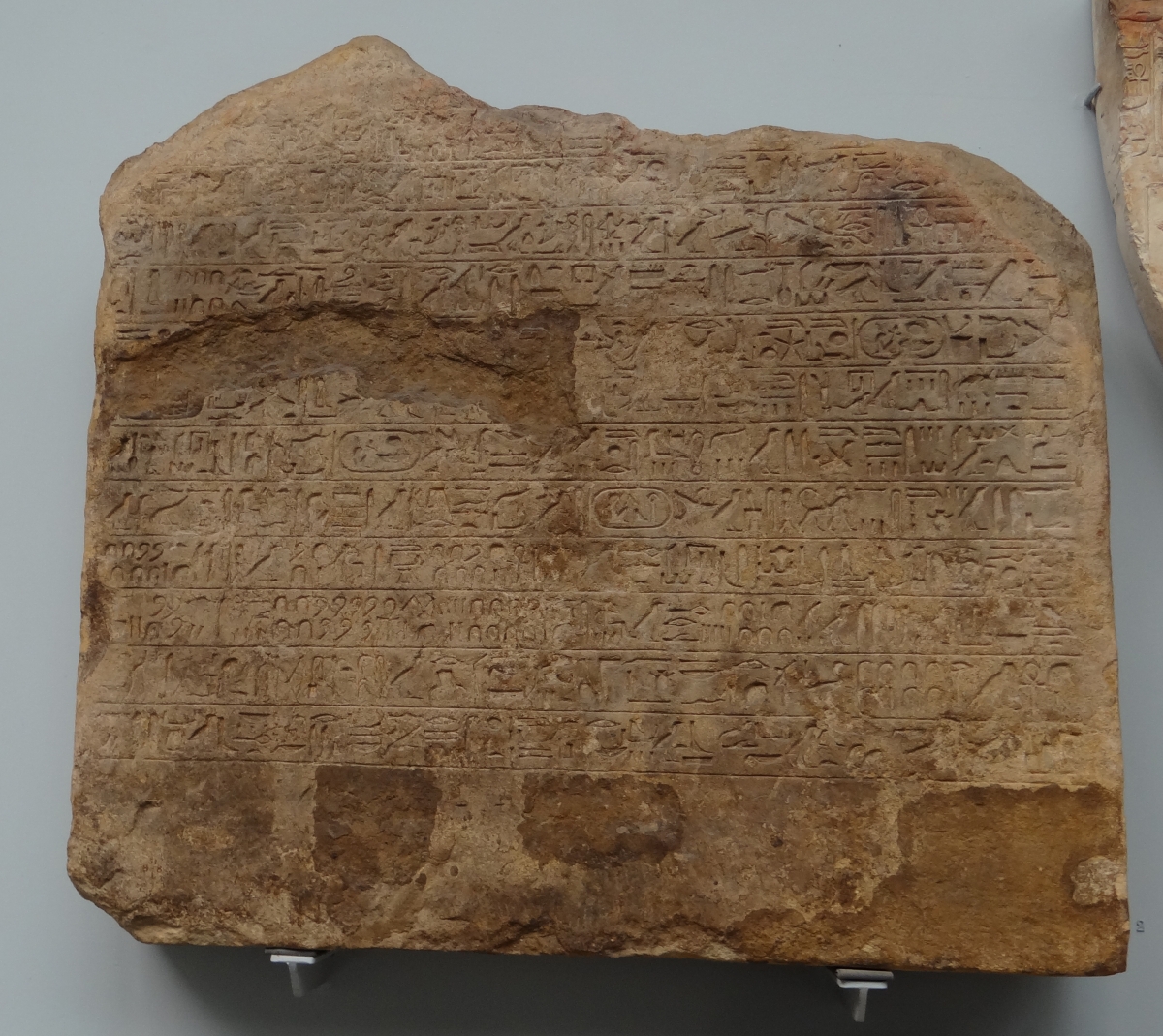
Figure 26. The Merymose stela (ca 1380 BCE) in the British Museum.
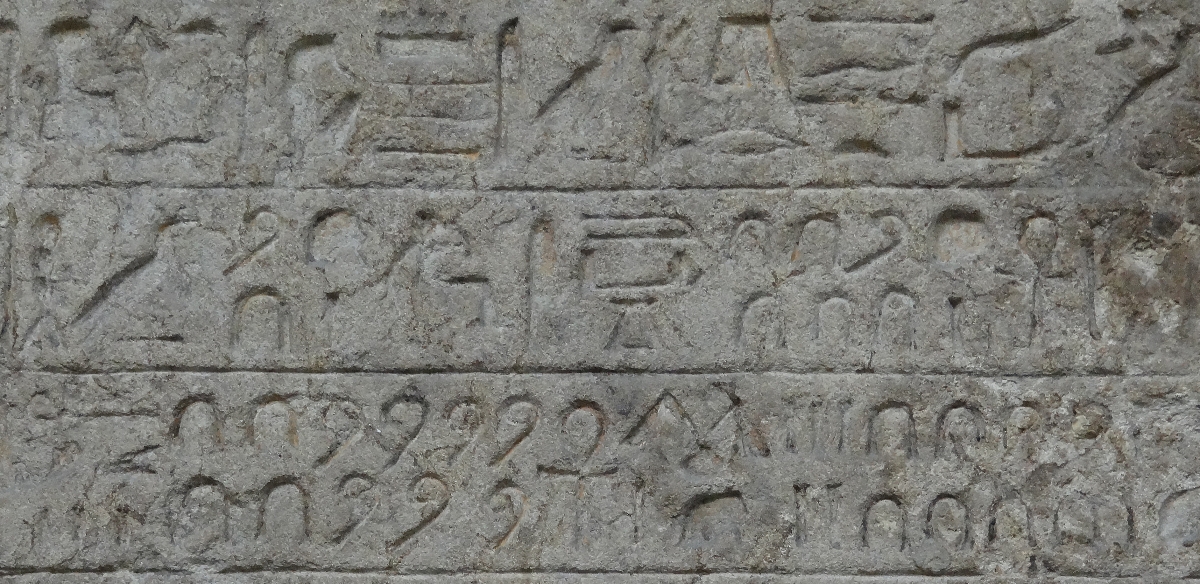
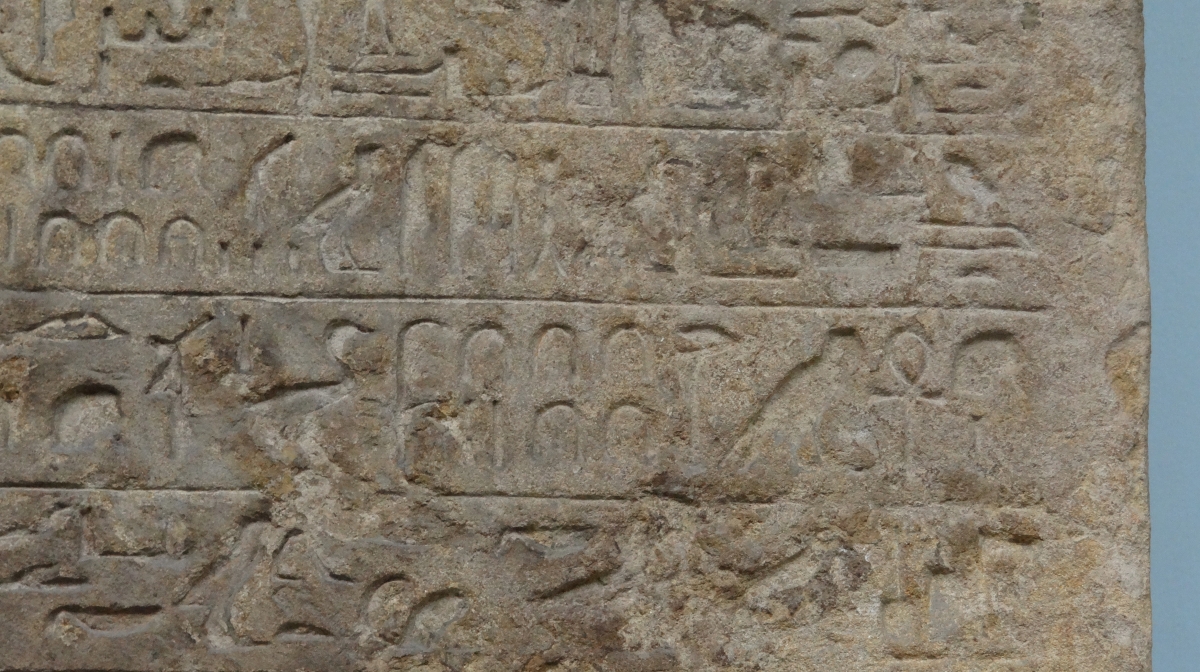
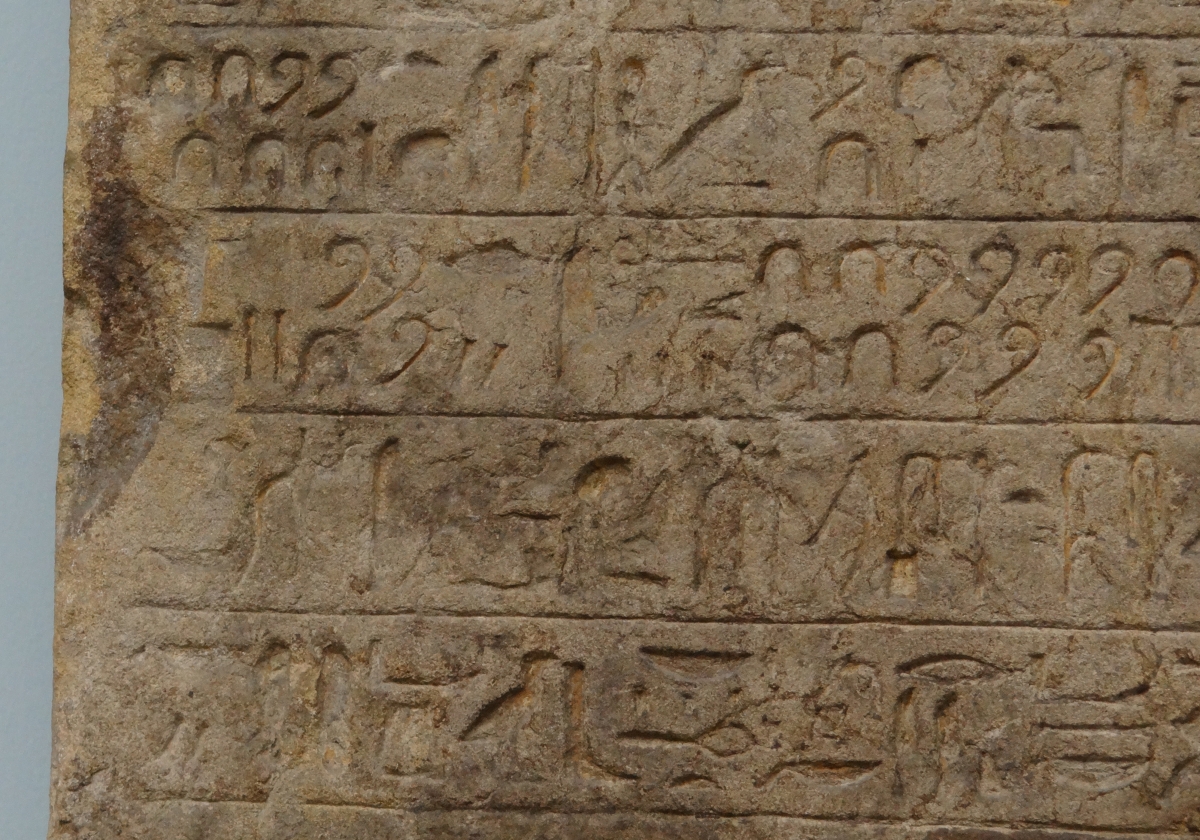
Figure 27. Close-ups of the Merymose stela (ca 1380 BCE, British Museum) showing hieroglyph numerals.
An Ancient Egyptian Mathematical Photo Album: Samples of Numeral Hieroglyphs by Location – The Louvre
The Louvre, the most well-known art museum in the world, houses one of the largest collections of ancient Egyptian artifacts and art. Hieroglyphs appear on several of the objects, and by looking carefully one can find Egyptian numerals. In this section we present a photo album of hieroglyphic numerals from the Annals of Thutmose III, a cubit rod showing fractions, and art and instruments of Egyptian scribes, who would have been transcribing and working with the numbers.
Annals of Thutmose III
The first group of photos from the Louvre show the Annals of Thutmose III on a sandstone wall that was originally in Karnak in Egypt. The first four pictures show larger sections of the wall. These are followed by a selection of photos of specific numerals found on the wall to demonstrate various ways the digits of the numerals are aligned. More numerals can be found by zooming in on the first four photos.
Figure 28. Part of the left side of the Annals of Thutmose III (1479–1425 BCE, Karnak Temple) in the Louvre.
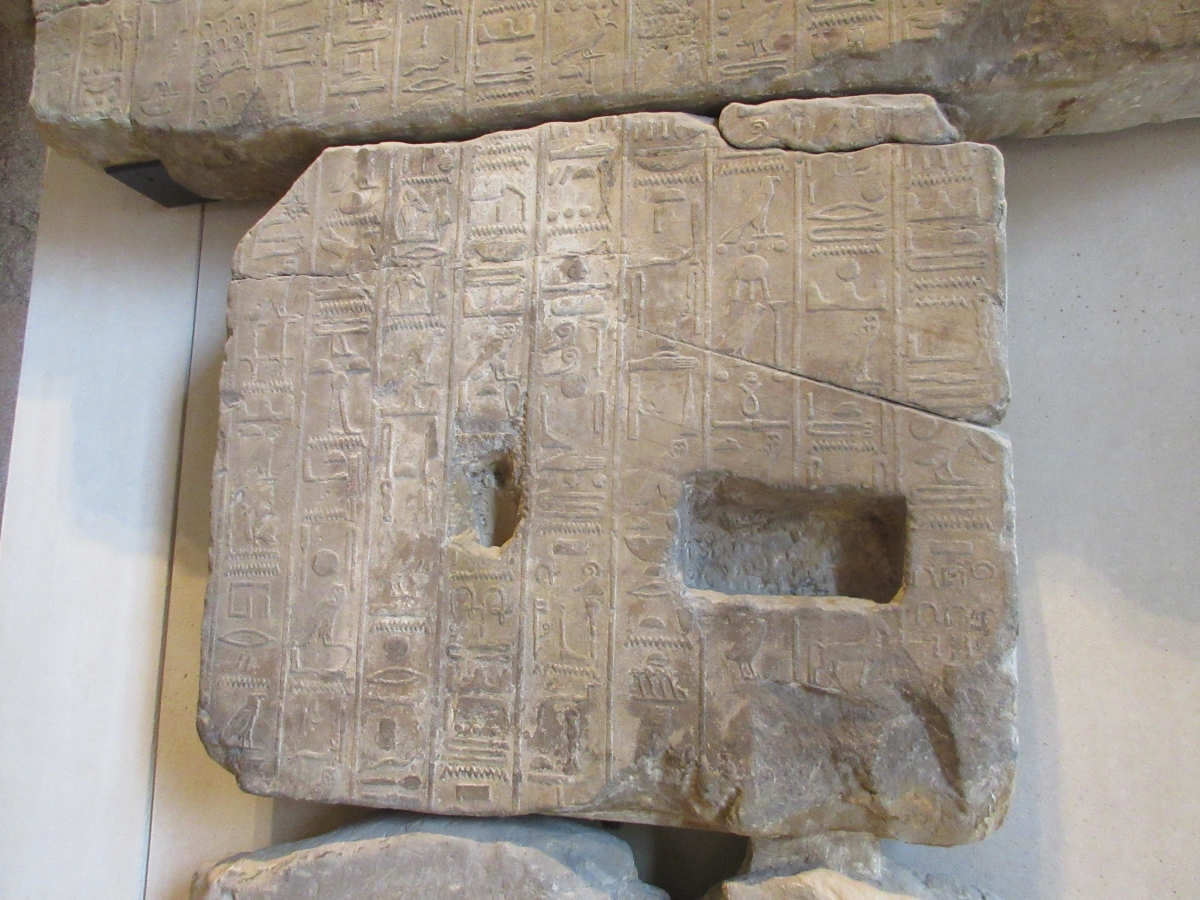
Figure 29. More of the left side of the Annals of Thutmose III (1479–1425 BCE, Karnak Temple) in the Louvre.
Figure 30. The middle portion of the Annals of Thutmose III (1479–1425 BCE, Karnak Temple) in the Louvre.
Figure 31. The right side of the Annals of Thutmose III (1479–1425 BCE, Karnak Temple) in the Louvre.

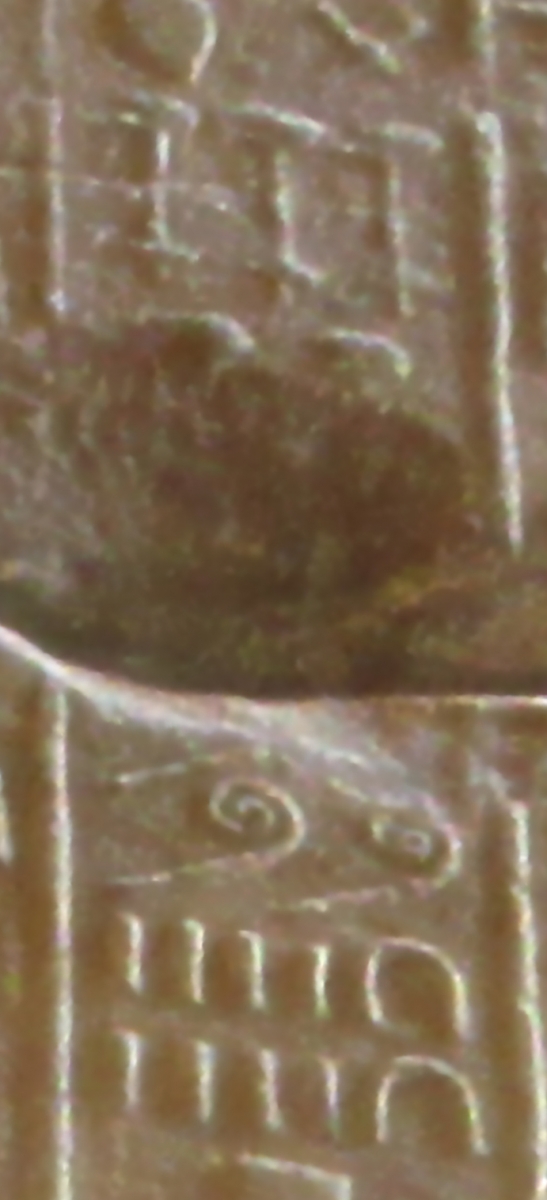
Figure 32. 4,622 and possibly 5,428 (damaged) in Egyptian hieroglyphs
from Annals of Thutmose III (1479–1425 BCE, Karnak Temple) in the Louvre.

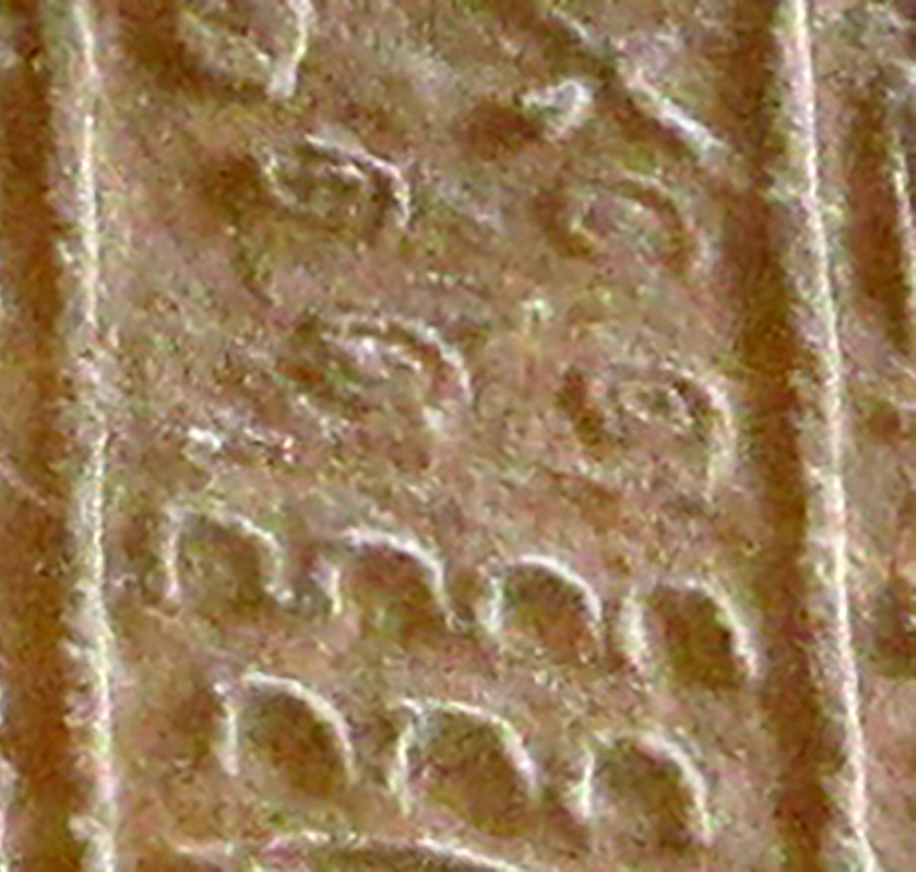
Figure 33. Possibly 329 (damaged) and 470 in Egyptian hieroglyphs
from Annals of Thutmose III (1479–1425 BCE, Karnak Temple) in the Louvre.
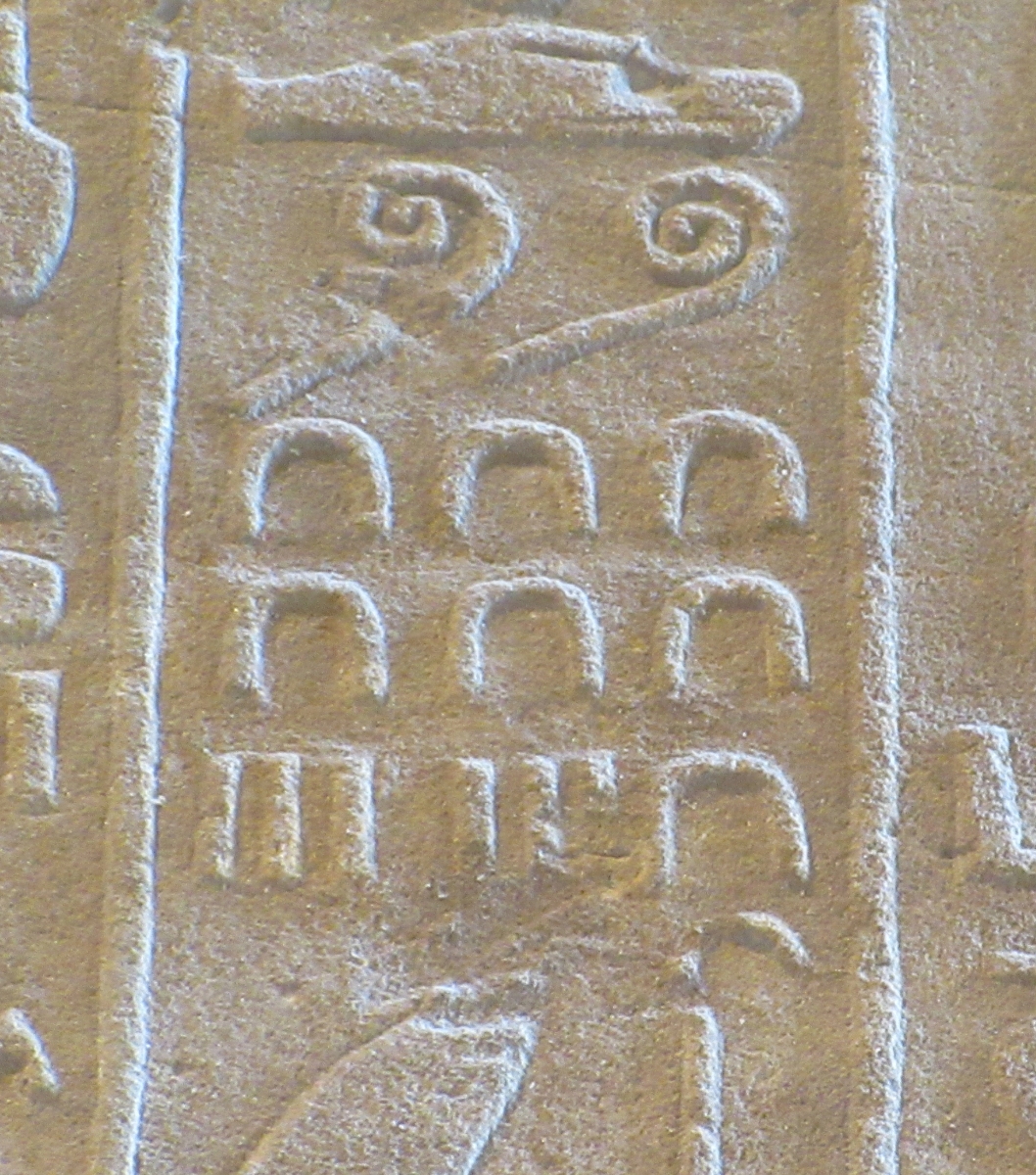
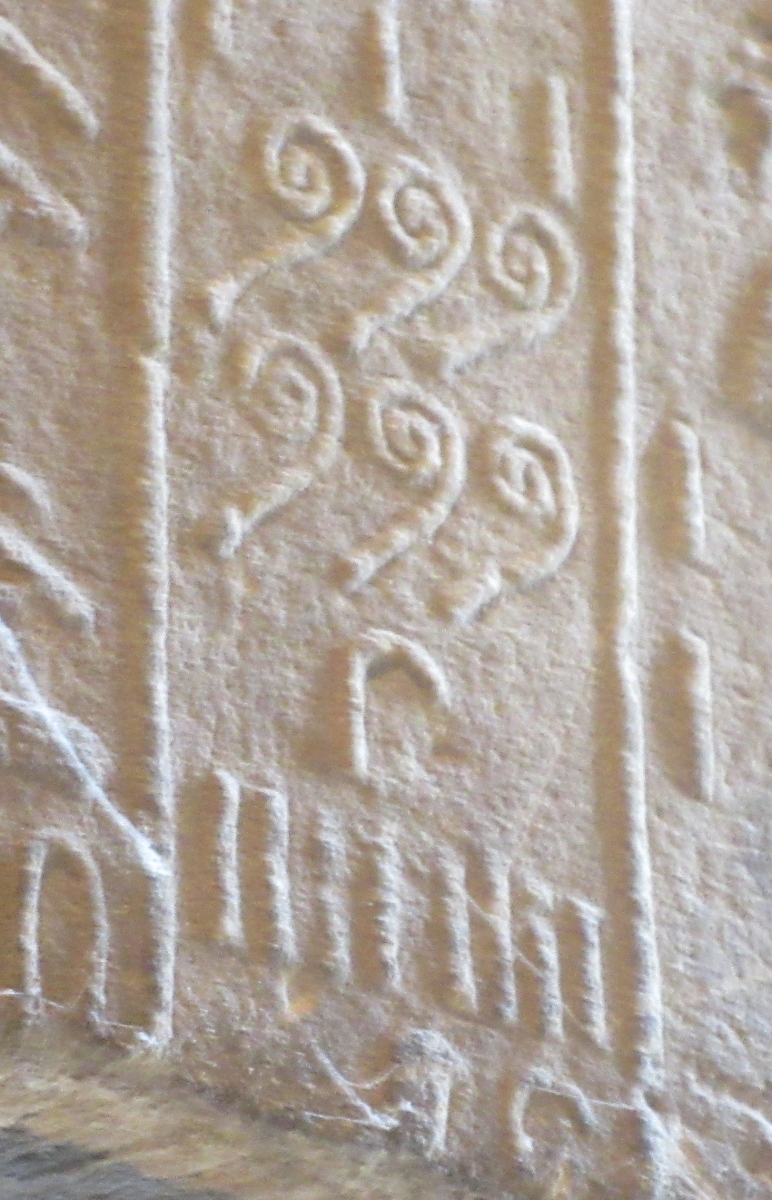
Figure 34. 276 and 618 in Egyptian hieroglyphs
from Annals of Thutmose III (1479–1425 BCE, Karnak Temple) in the Louvre.
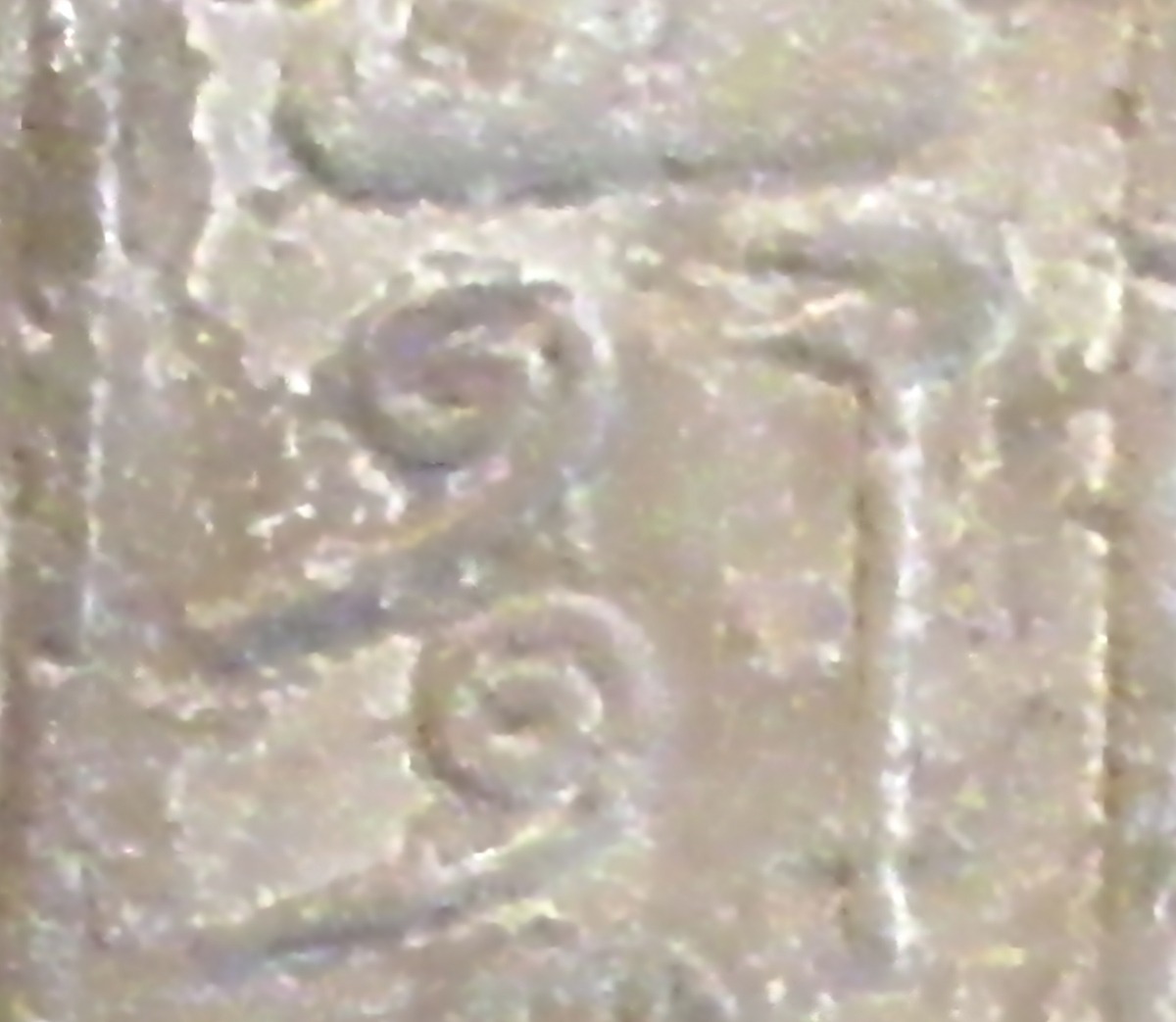
Figure 35. 1200 in Egyptian hieroglyphs
from Annals of Thutmose III (1479–1425 BCE, Karnak Temple) in the Louvre.
Cubit Rod
A fascinating mathematical object in the Egyptian collection in the Louvre is a cubit rod that was found in the tomb of Maya in Saqqara. Maya was an important official who held several positions, including the Minister of Finance, for the pharaoh Tutankhamun.

Figure 36. The cubit rod (1327–1295 BCE) of Maya in the Louvre.
A cubit, the length from the elbow to the tip of the middle finger, was the basic unit of measure in ancient Egypt. A cubit was divided into seven palms and each palm was divided into four fingers. The finger hieroglyph (which is also used to represent 10,000) is used to represent the length, 1 finger. If we look at the far left of the above cubit (see Figure 37), in the middle row, we see 1 finger, 2 fingers, and 3 fingers marked off. Continuing on in the middle row, we have a palm, 1 palm and 1 finger, 1 palm and 2 fingers, etc. The middle row (and the top row with other hieroglyphs) is partitioned into a total of 28 fingers.
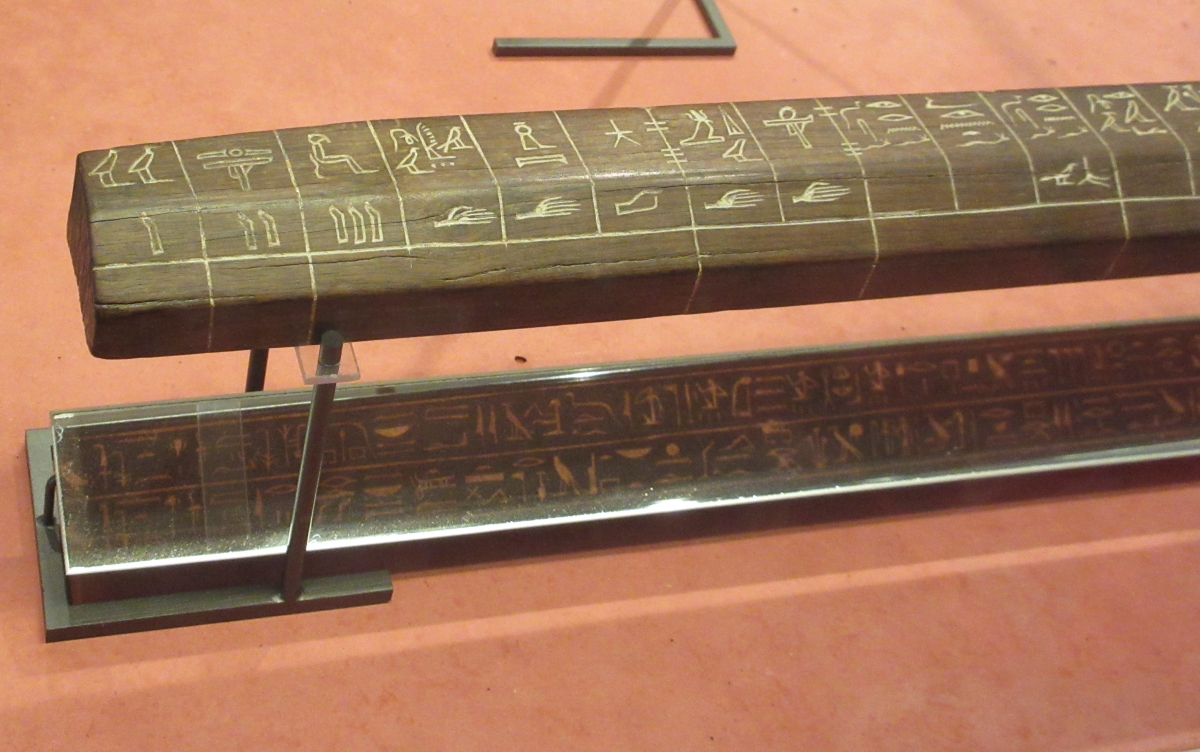
Figure 37. The left end of the cubit rod (1327–1295 BCE) of Maya in the Louvre.
The right end of the cubit has fingers marked into parts from one-half up to sixteenths. Above the markings are the labels in Egyptian fractions, starting with the special hieroglyph for \(\frac{1}{2}\) and then using the mouth symbol to denote fraction for \(\frac{1}{3}\) to \(\frac{1}{16}\). Figure 38 shows a close-up of the right end with the markings from \(\frac{1}{2}\) to \(\frac{1}{14}\).
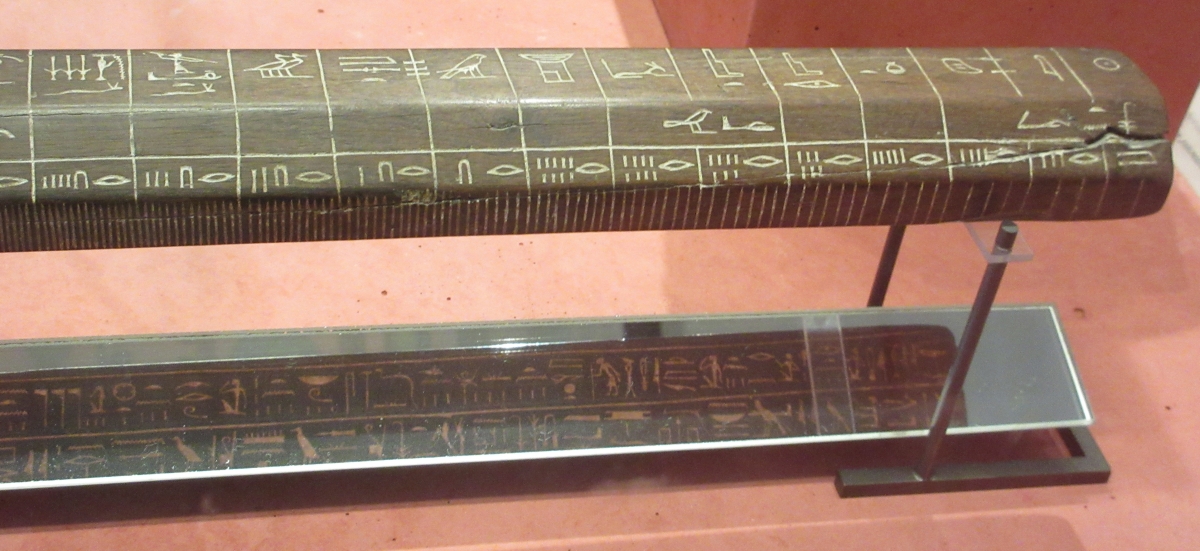
Figure 38. The right end of the cubit rod (1327–1295 BCE) of Maya in the Louvre.
Scribes and Scribal Tools
Egyptian scribes, some of the few literate people in ancient Egypt, were responsible for keeping records and accounts, writing letters, and recording events. According to The Teaching of Khety, an ancient Egyptian text of a father’s advice to his son, the vocation of scribe was a desirable one and “there is no job without a boss except for the scribe” [Wilkinson 2017, pp. 289–299]. Khety explained that being a scribe had advantages over other professions, such as not smelling like the smith (“who stinks more than fish roe”) and the stoker (“his fingers are putrid and smell of corpses”); not having to watch out for crocodiles like the fisherman and washerman (who also “handles the clothes of menstruating women”); not having to be out in the weather like the reed cutter, arrow maker, and messenger; and not having to do back-breaking work like the gardener, mason, and farmer. Photos of several examples of scribes at work and scribal tools are given below.
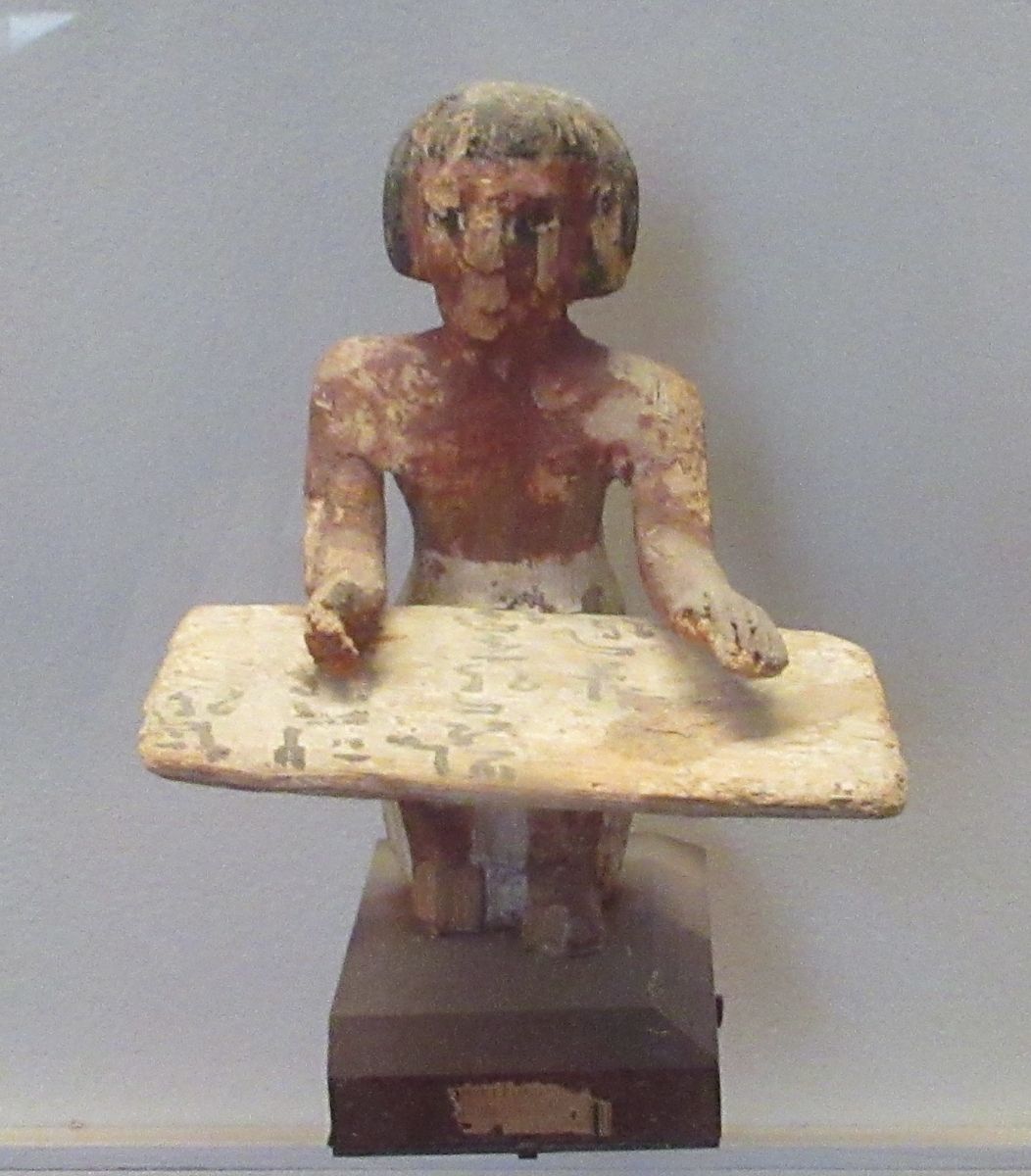
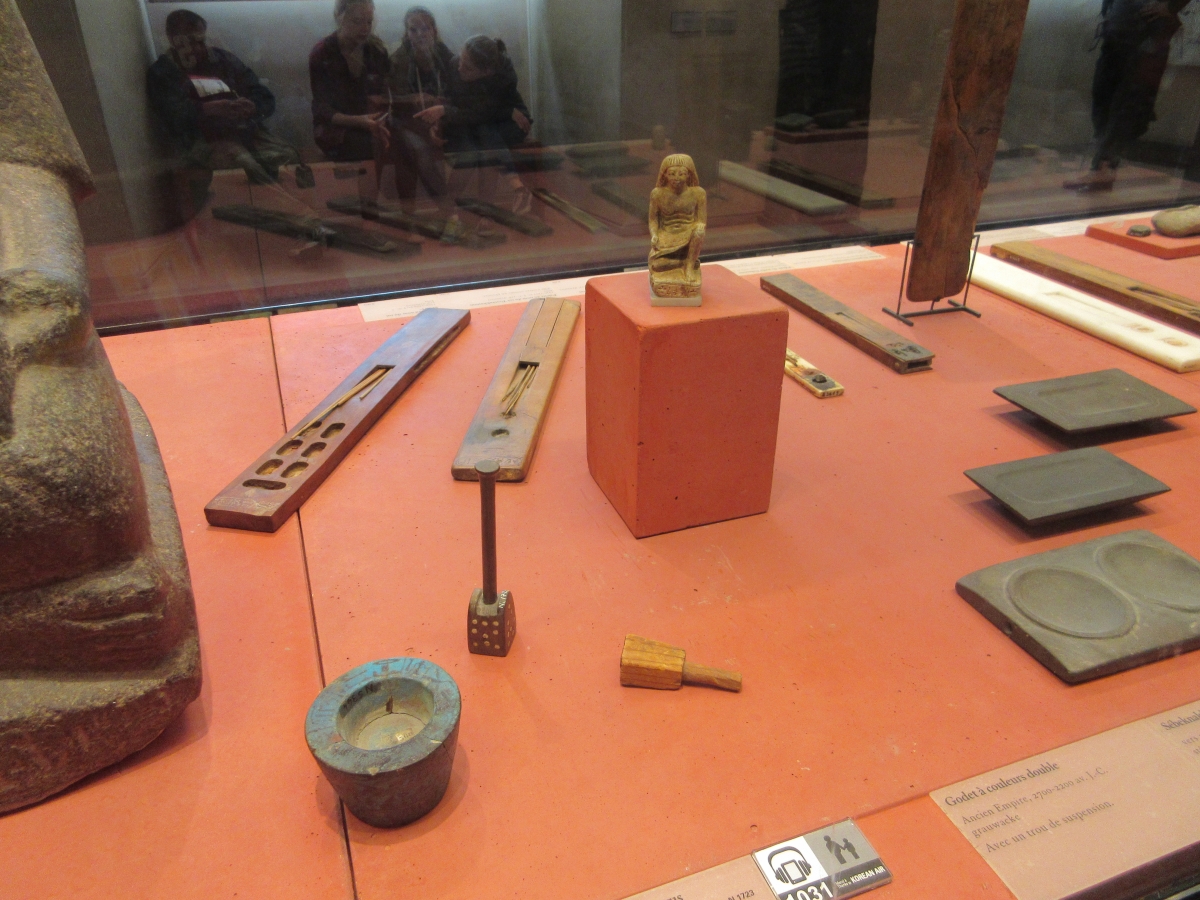
Figure 39. Representations of various scribes and their tools in the Louvre collections.
Continue to Turin’s Museo Egizio page.
Return to list of Locations.
An Ancient Egyptian Mathematical Photo Album: Samples of Numeral Hieroglyphs by Location – Turin’s Museo Egizio
Turin, Italy may not seem like an obvious place to search for Egyptian numeric hieroglyphs, but it is home to the Museo Egizio, billed as the “world’s oldest museum devoted entirely to ancient Egyptian culture.” The author visited this museum during the 2012 MAA study tour to Italy. Below are pictures from that trip which feature Egyptian numerals. Additionally, a database, including photographs, of over 250 papyri (most in hieratic script) housed at the museum is available (requires registration).
The museum has four cubit rods, two of which were found in the tomb of Kha, a royal architect. One of these folds in half, making it more portable for practical use. The other is covered in gold-leaf and was given to Kha in appreciation by the pharaoh Amenhotep II. The two images in Figure 40 show this commemorative cubit; first, one side covered by hieroglyphs and second, a portion of a side with the finger measurement broken into parts from \(\frac{1}{2}\) to \(\frac{1}{16}\), similar to the cubit from the Louvre, pictured in Figures 36–38.
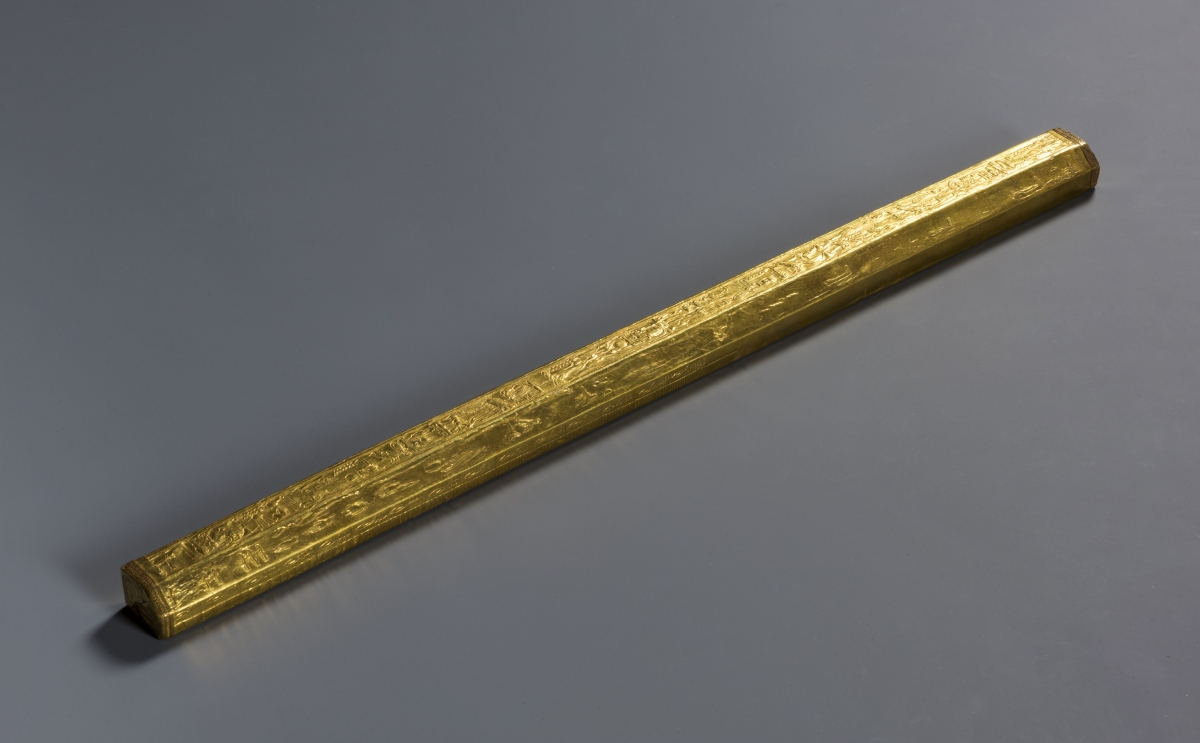

Figure 40. An 18th Dynasty gold-leaf cubit from the tomb of Kha, now in the Museo Egizio in Turin.
Second image has been cropped to focus on the fractions. Retrieved from Museo Egizio Online Collection
(Inv. No. S_8647) and used under the Creative Commons 2.0 Italy license.
Figure 41 shows 453 in hieroglyphs in an Amduat papyrus (1076–722 BCE). Originally the Book of the Amduat was carved on royal tomb walls in the Valley of the Kings, but later it was written on papyri so that less-wealthy people could include it in their burial. The Amduat explains what happens to the sun during each of the 12 hours it passes through the underworld daily before being reborn at dawn.
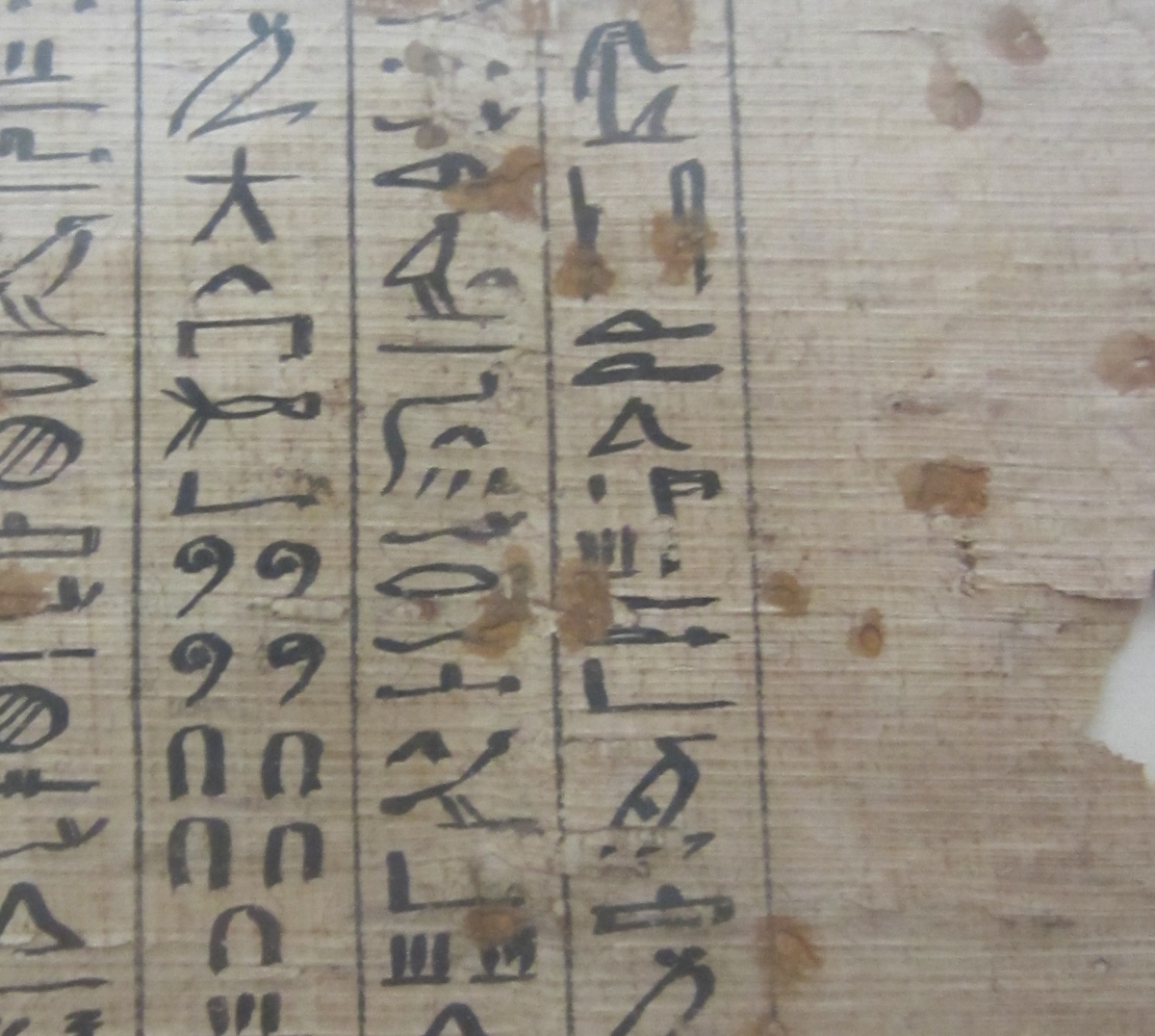
Figure 41. The number 453 in hieroglyphs from the Amduat papyrus (1076–722 BCE) in the Museo Egizio in Turin, Italy.
Continue to the next section, JSesh Hieroglyph Program.
Return to list of Locations.
